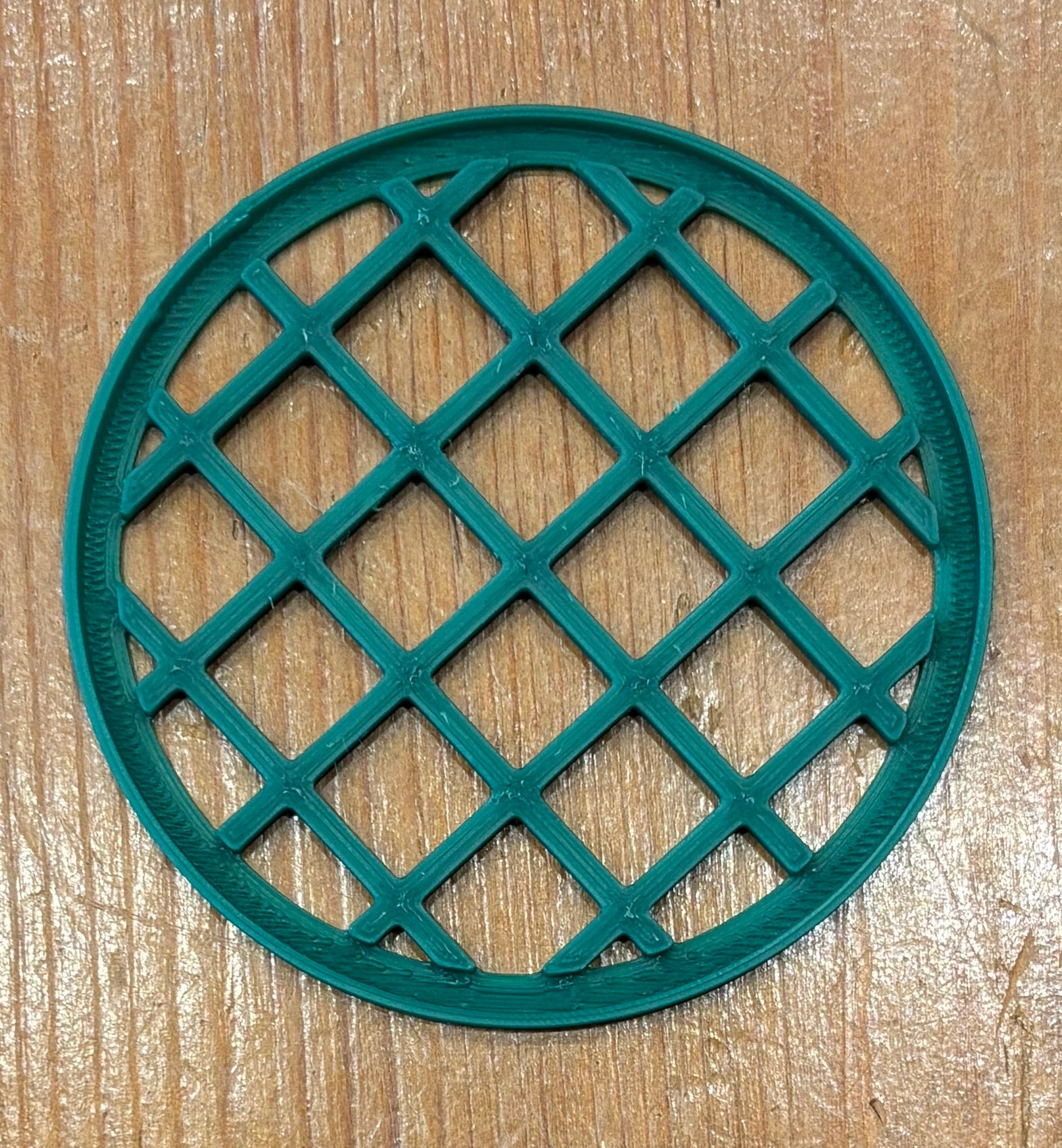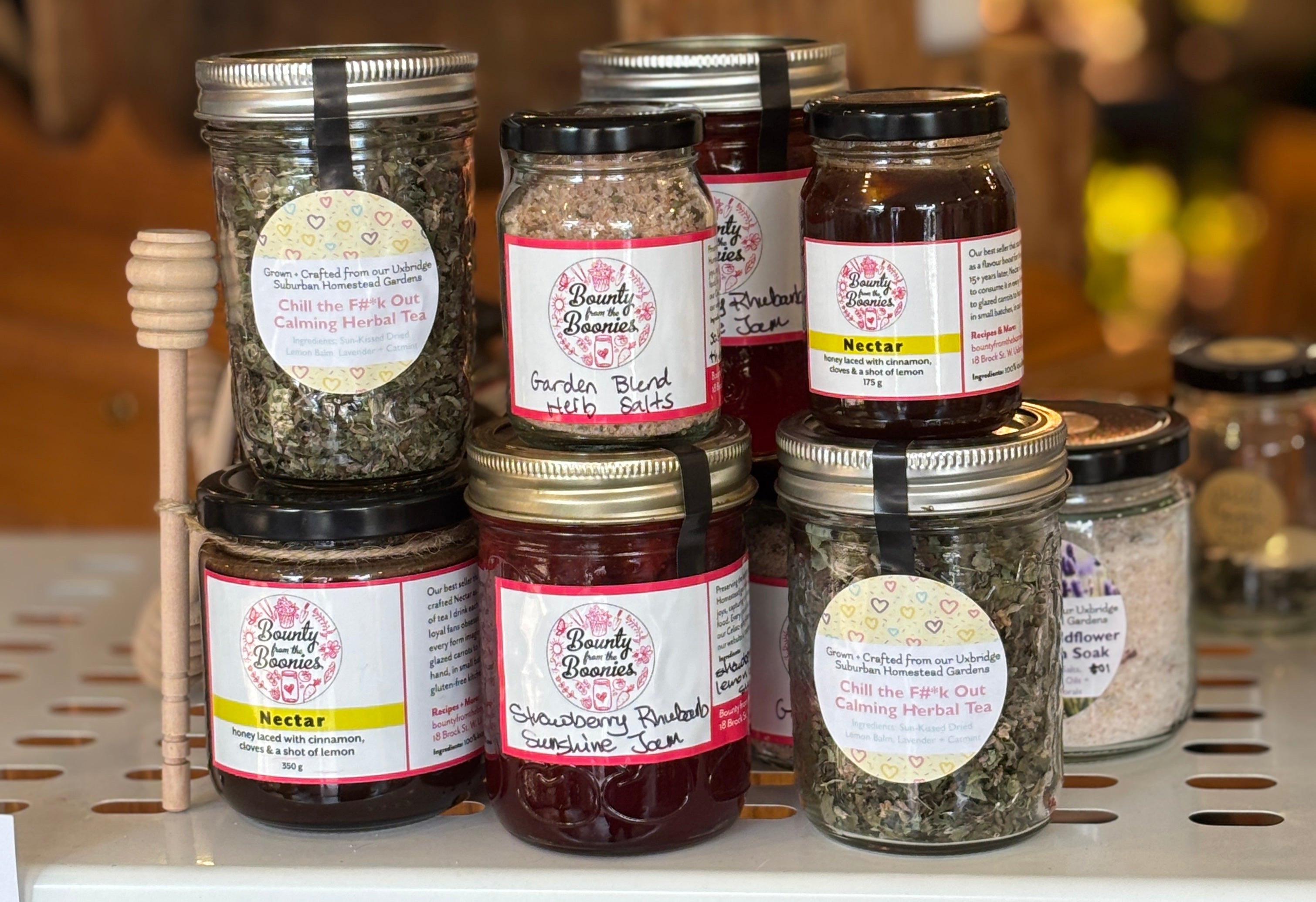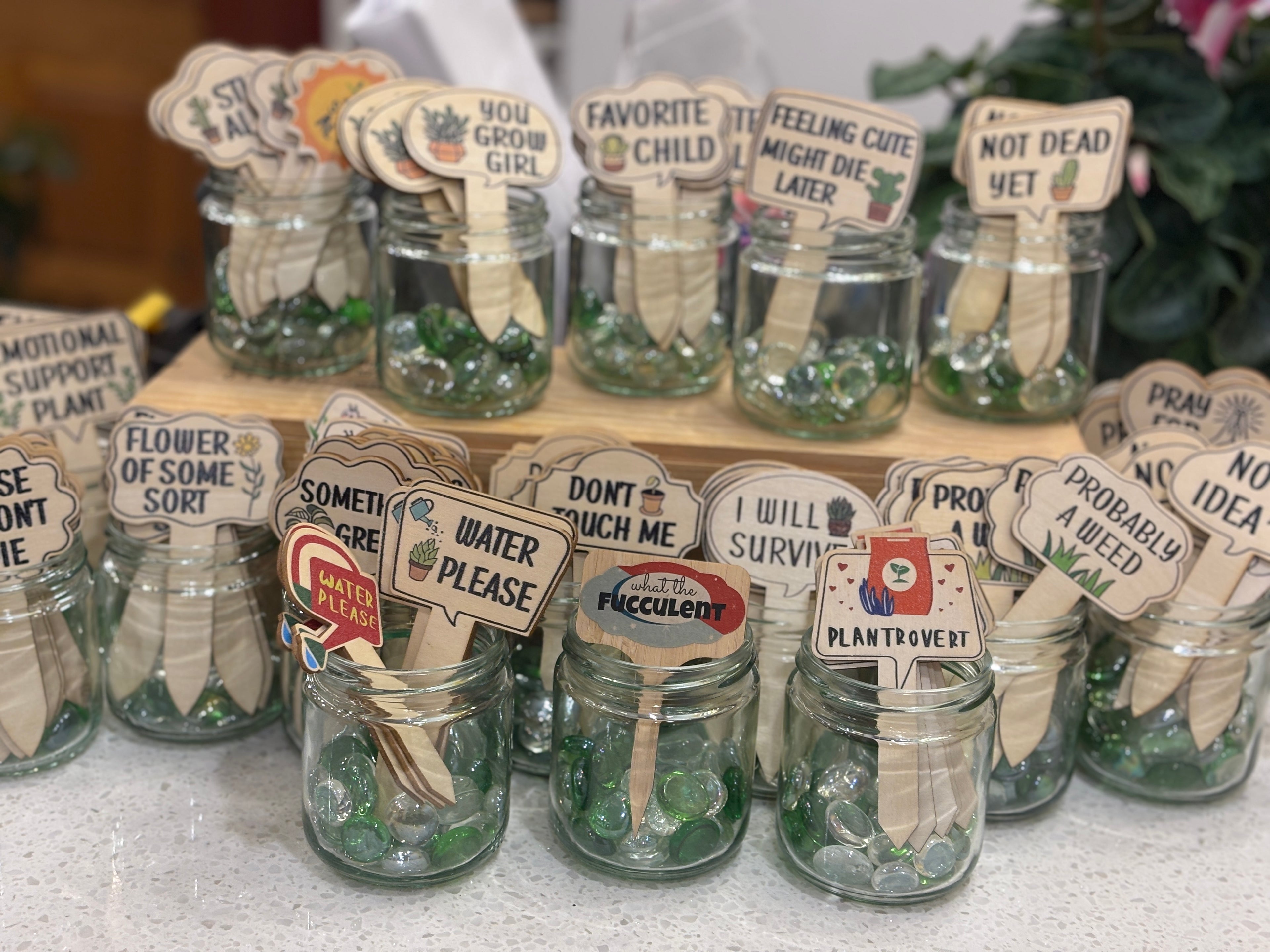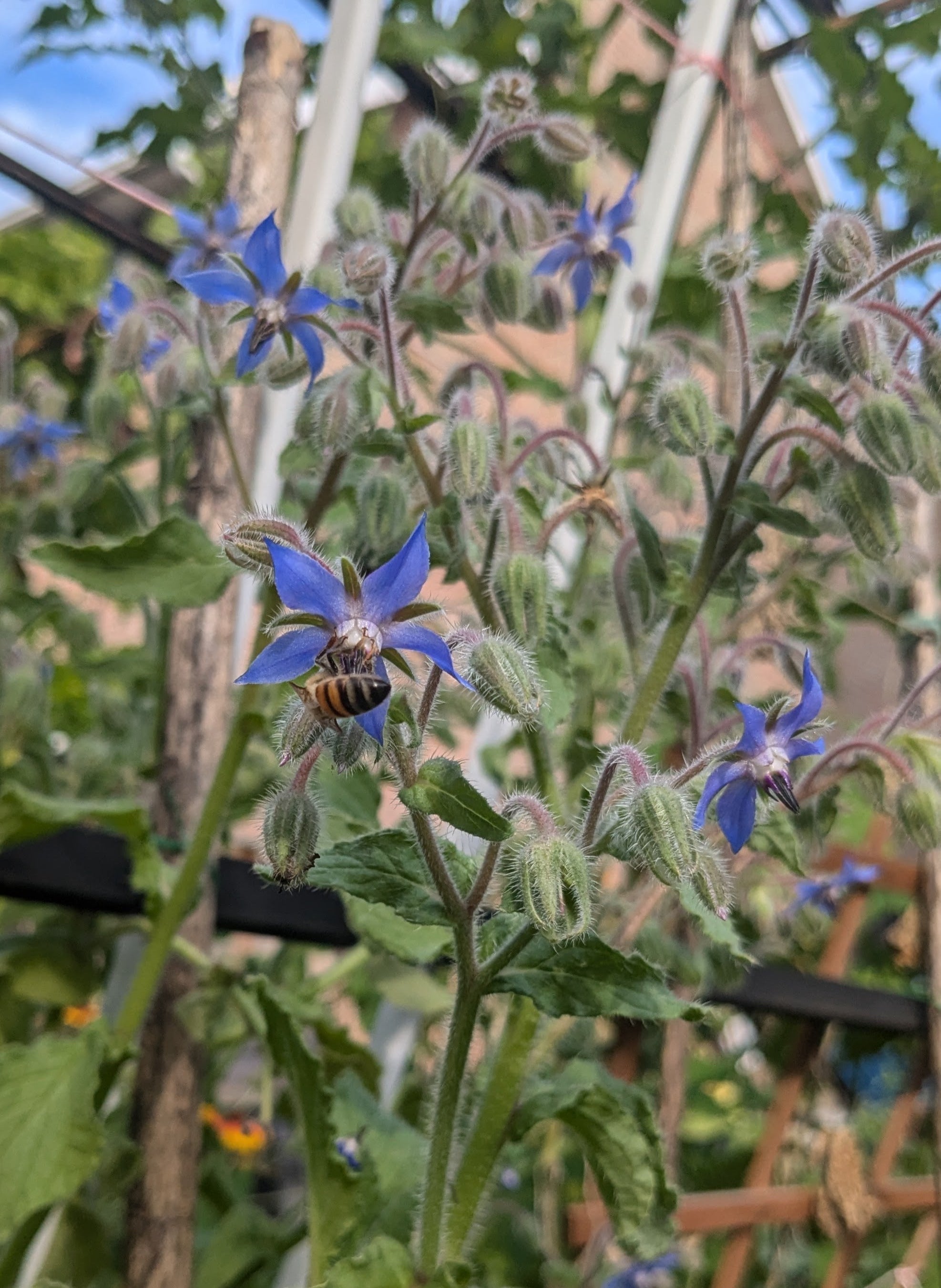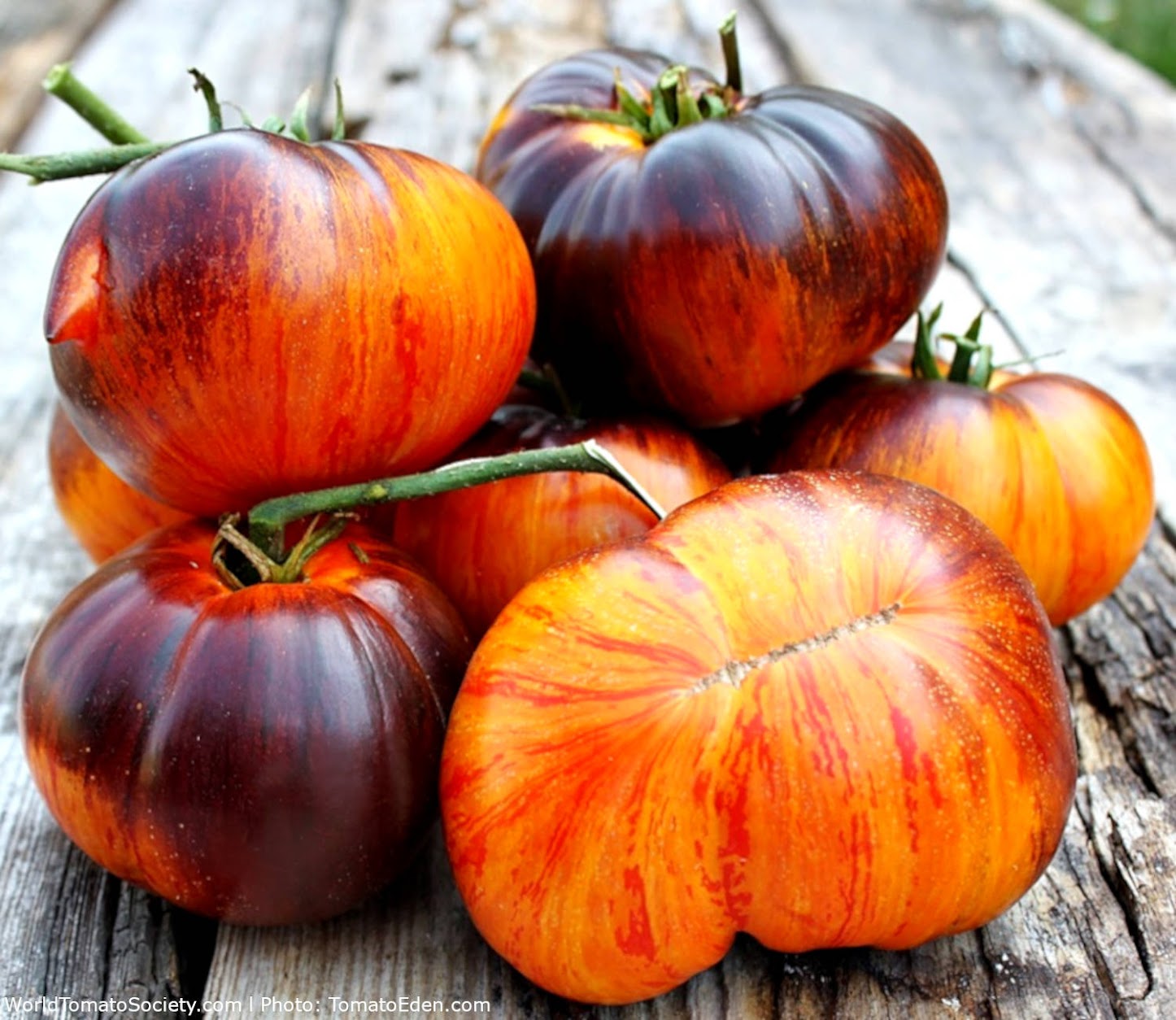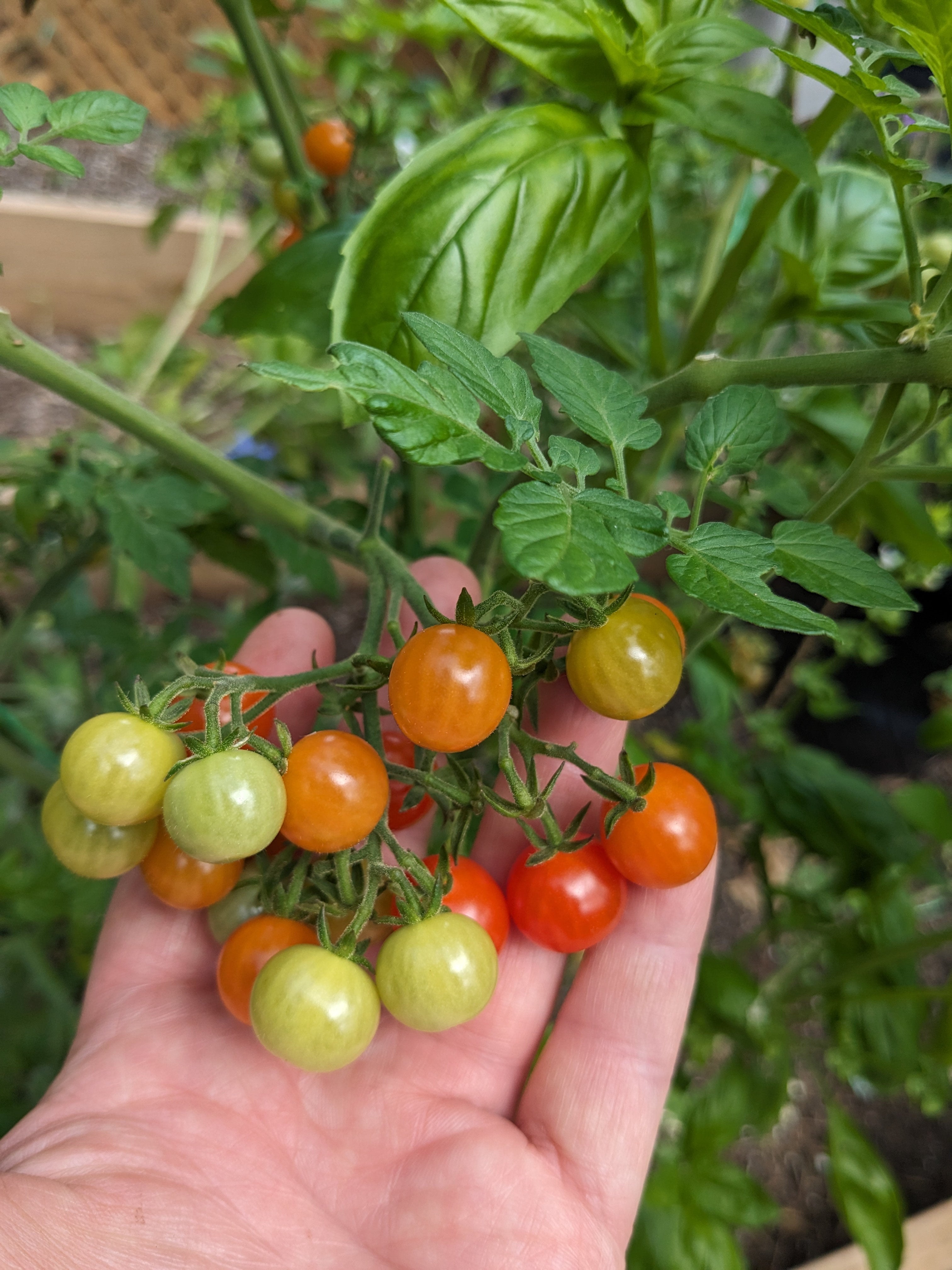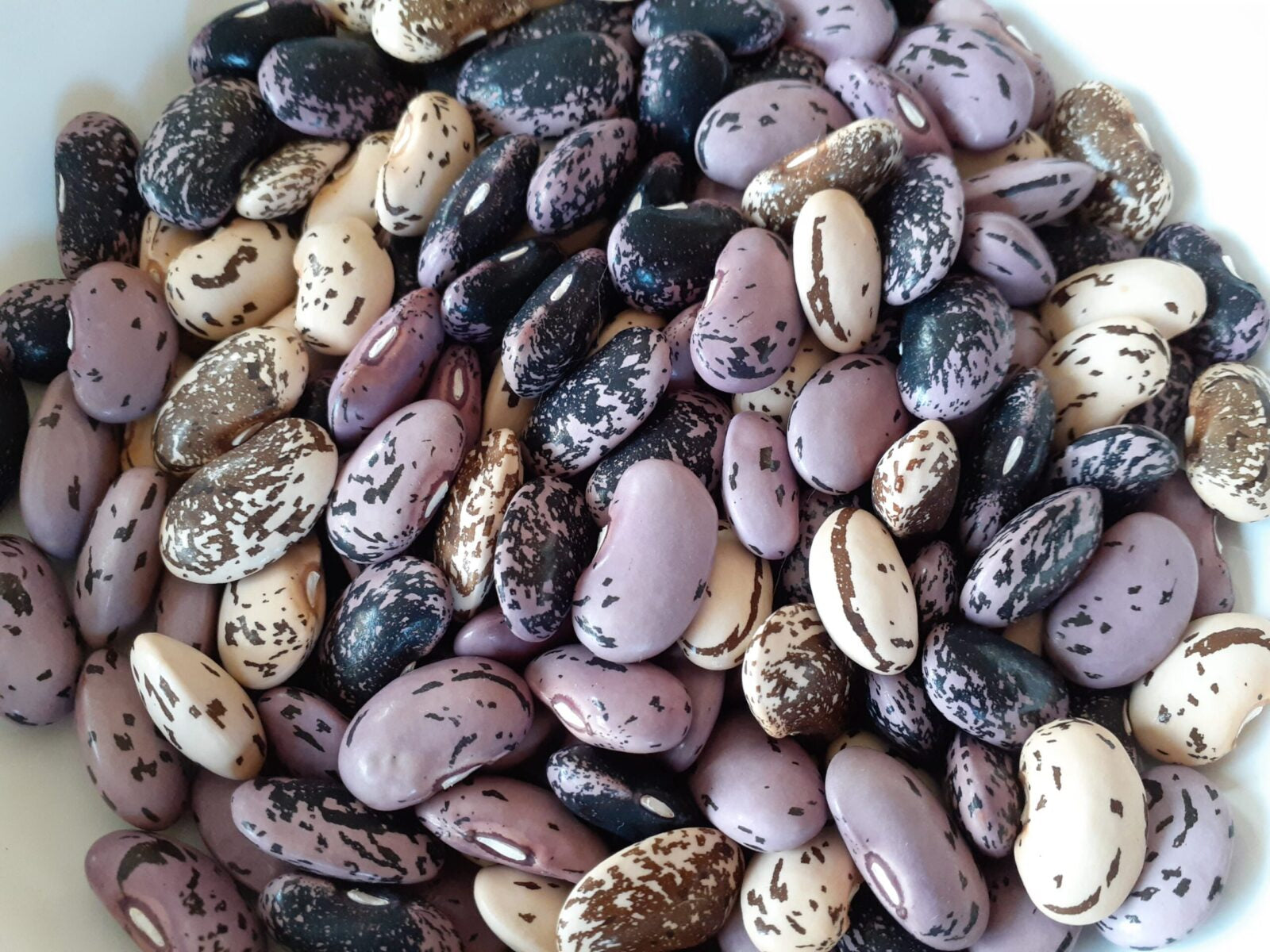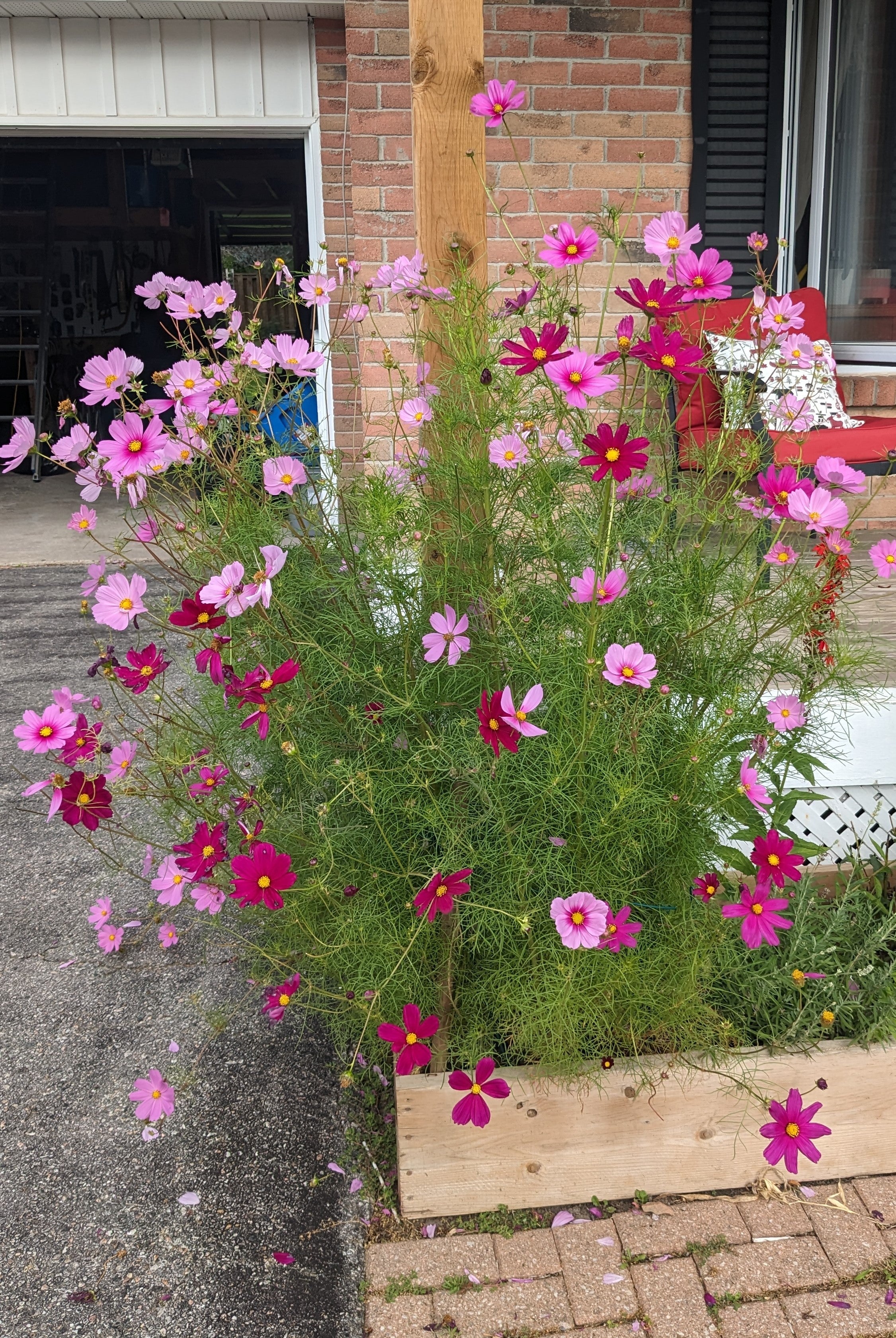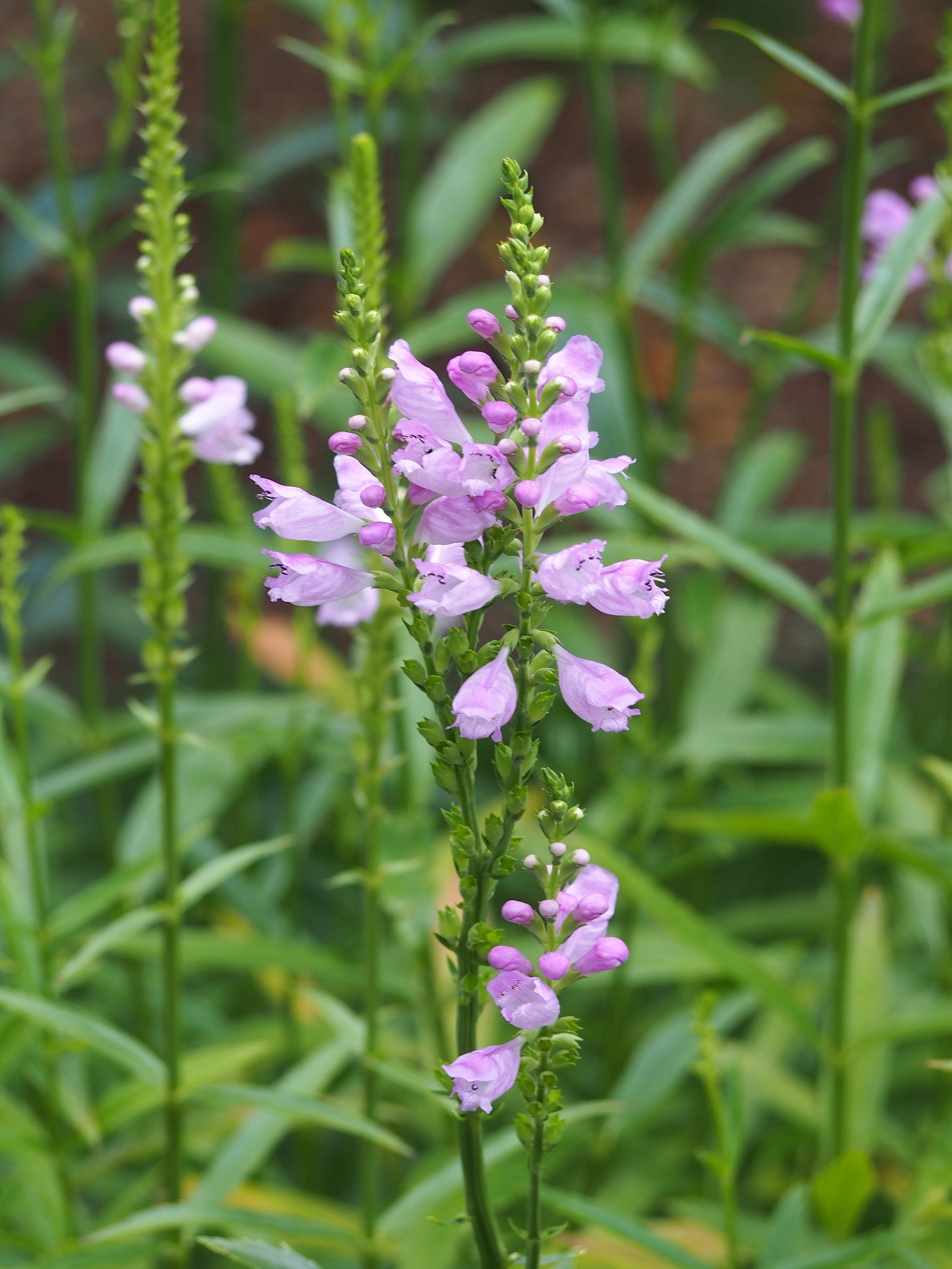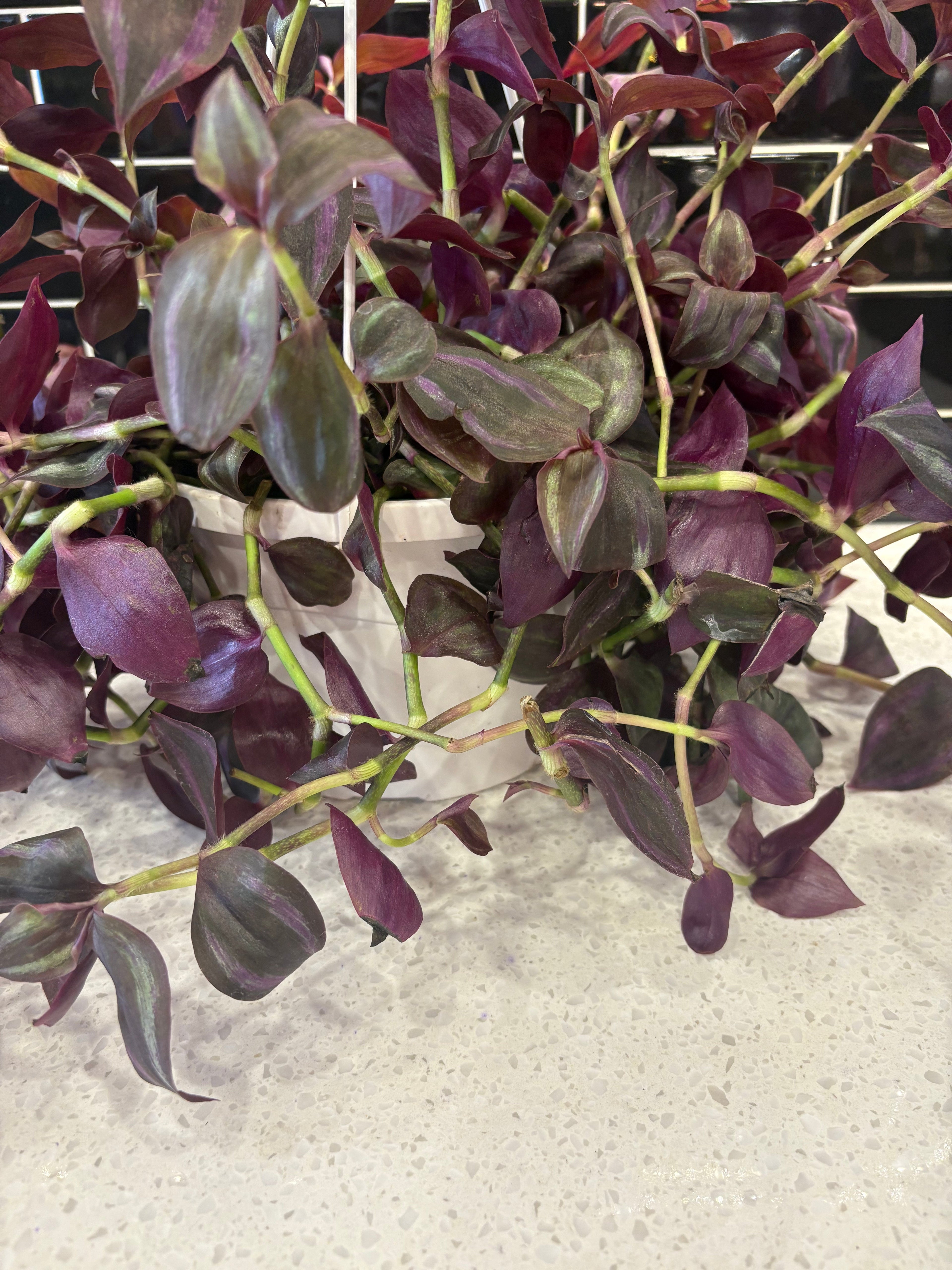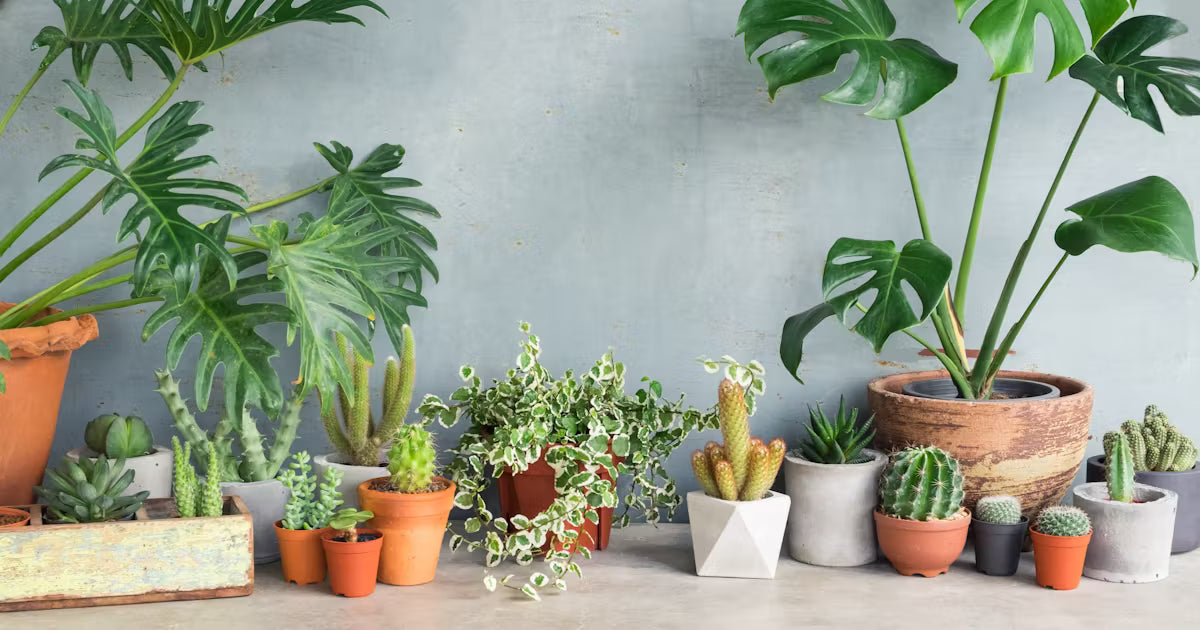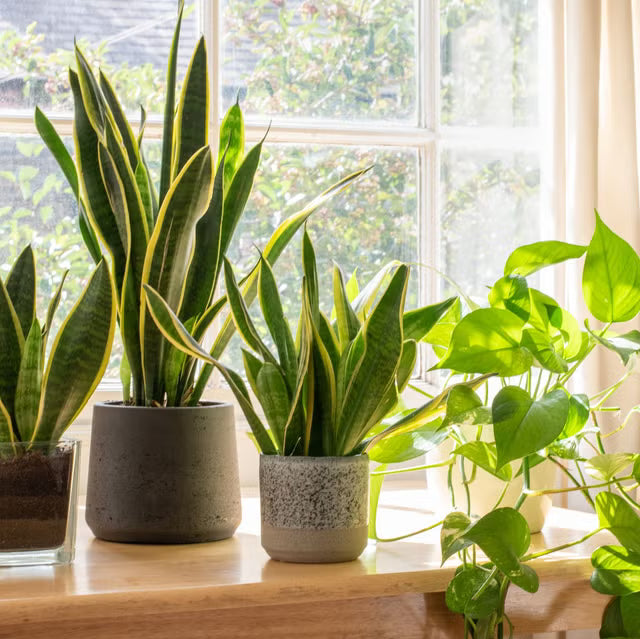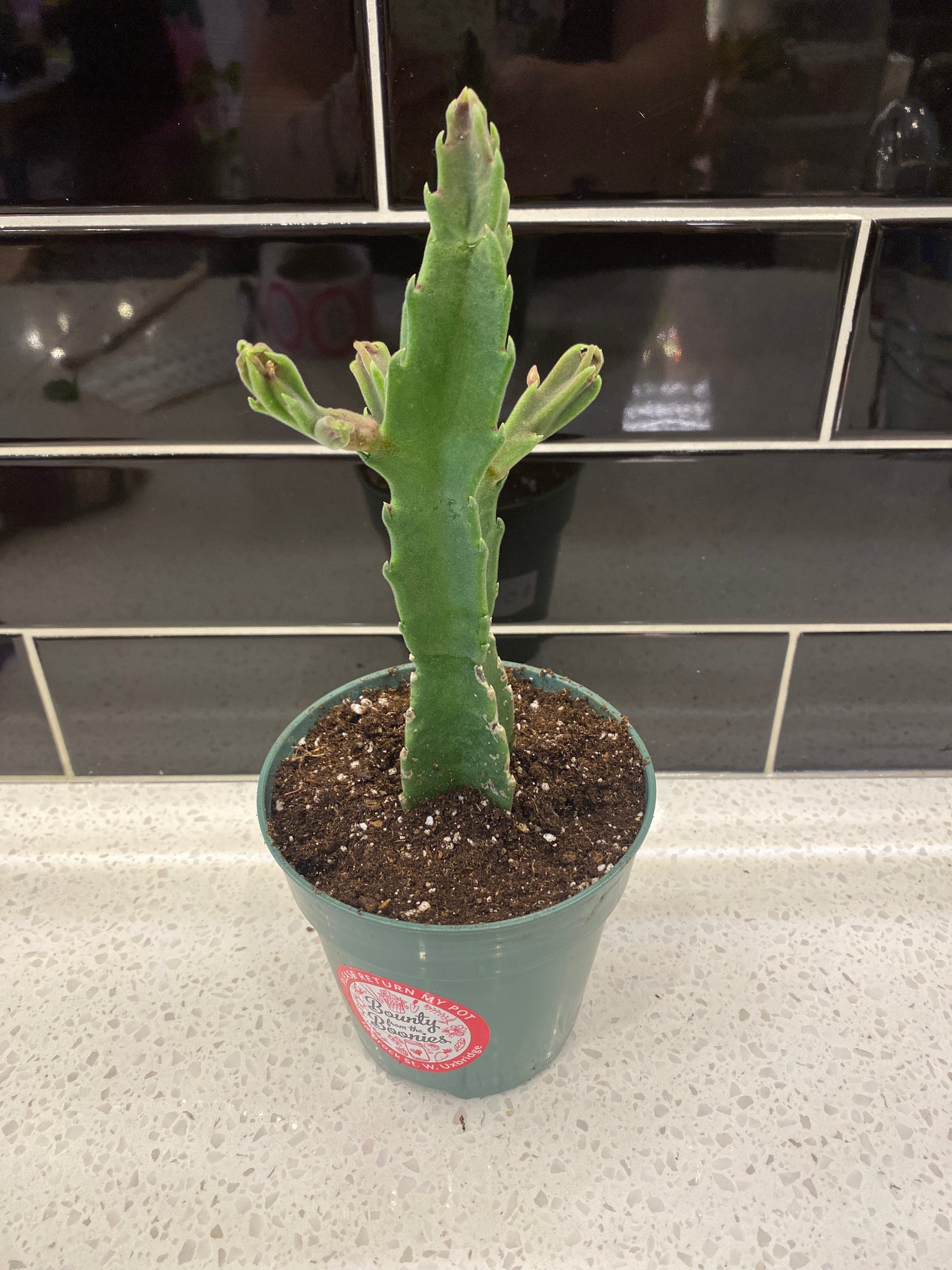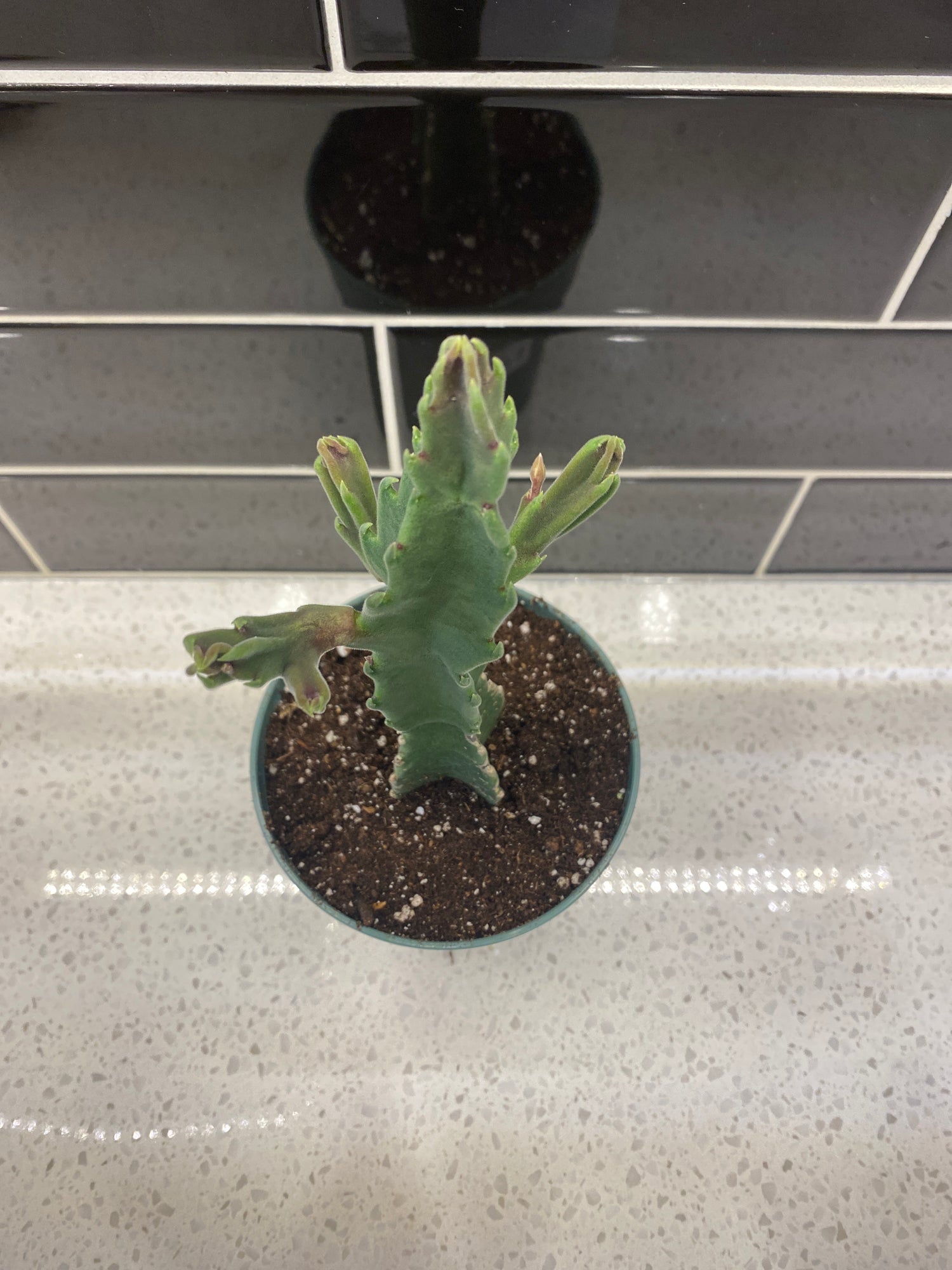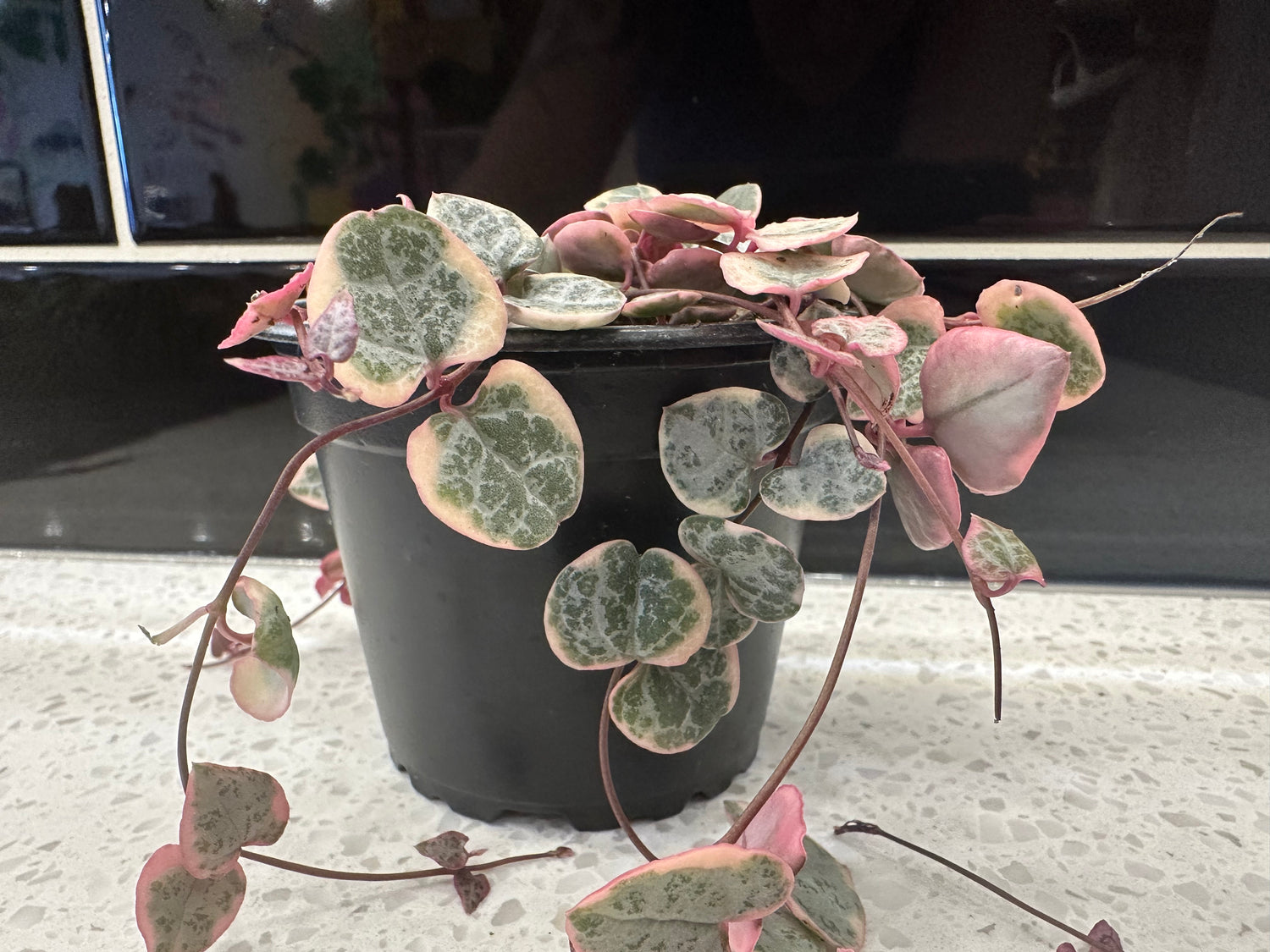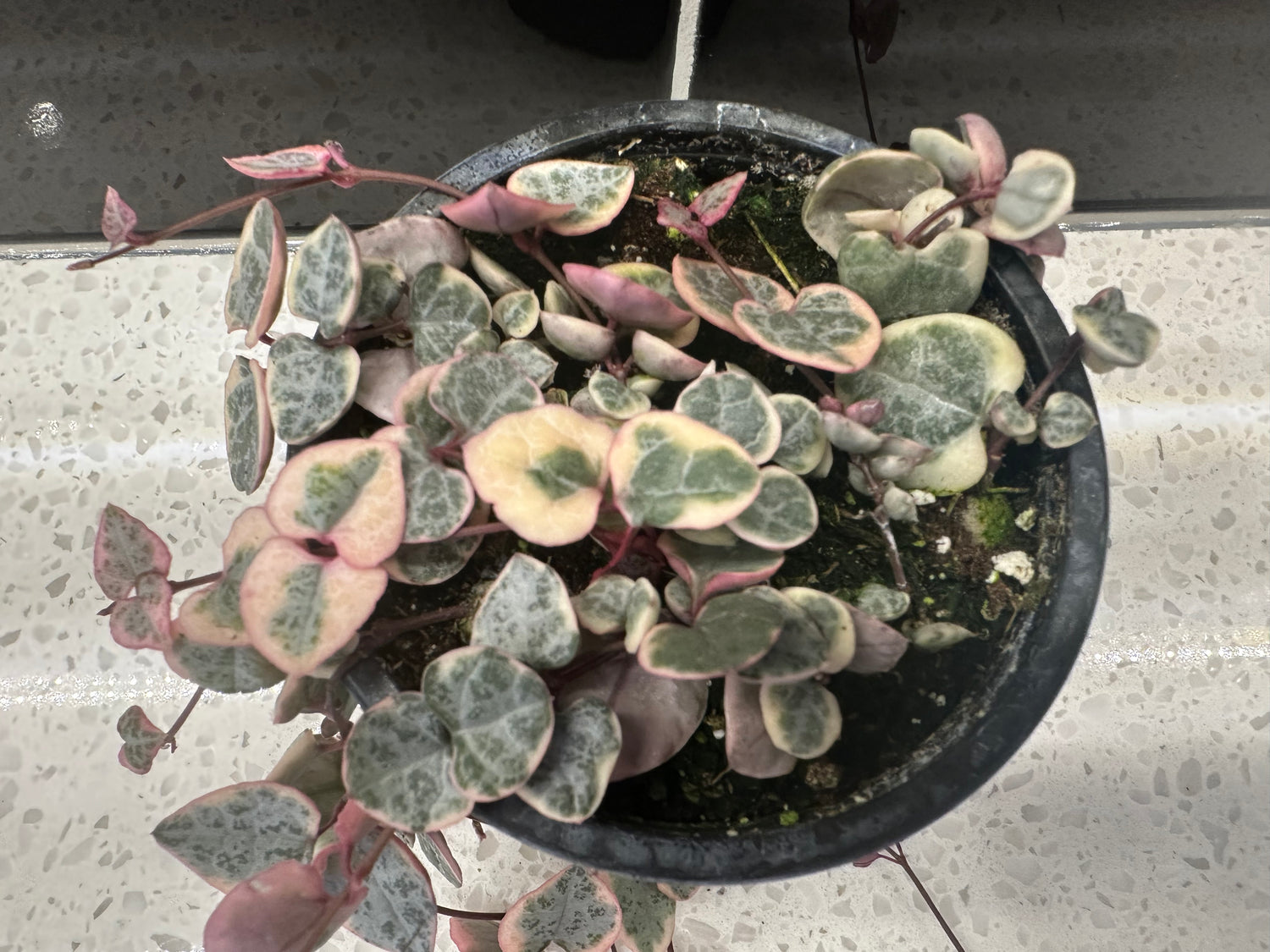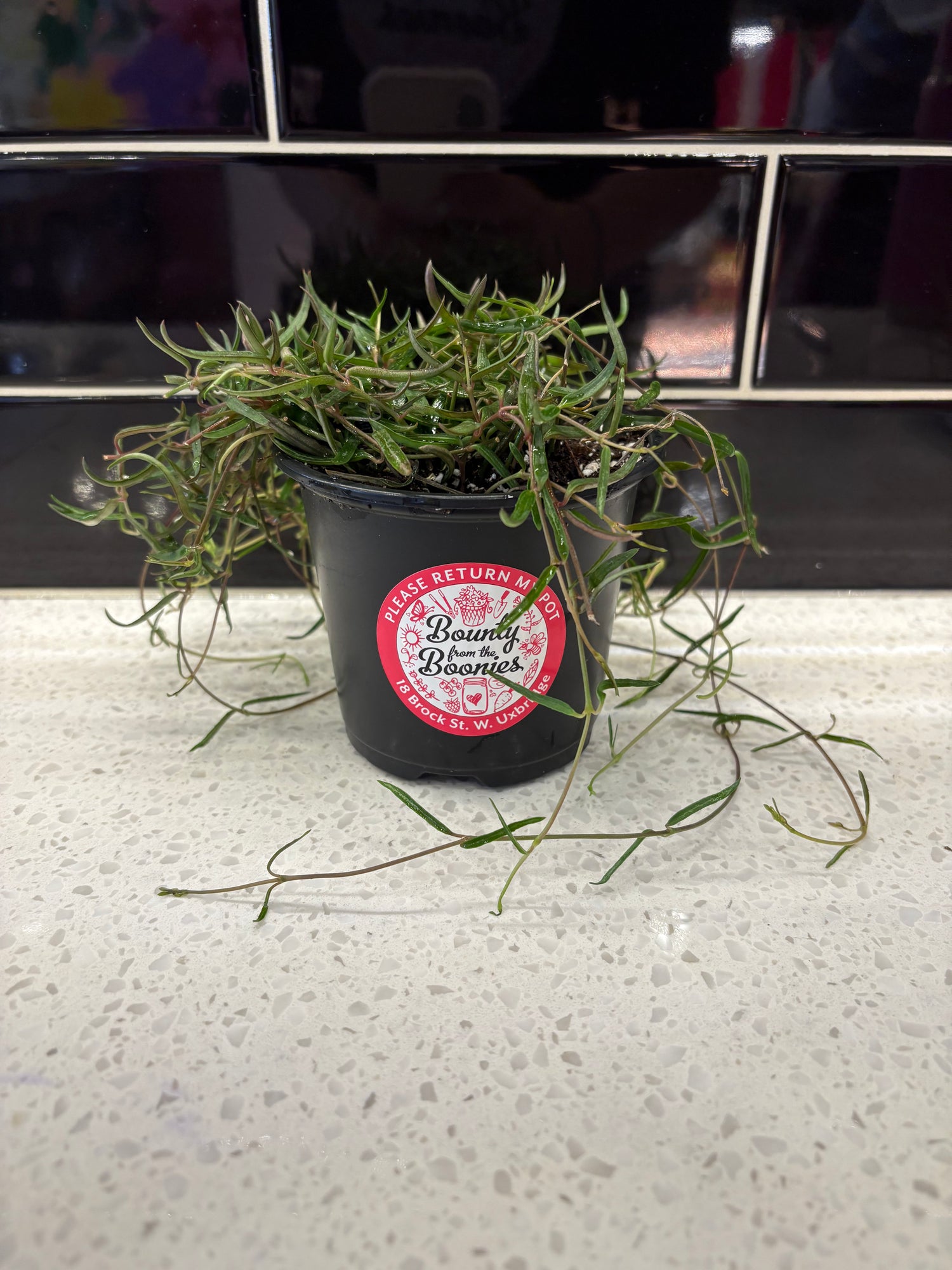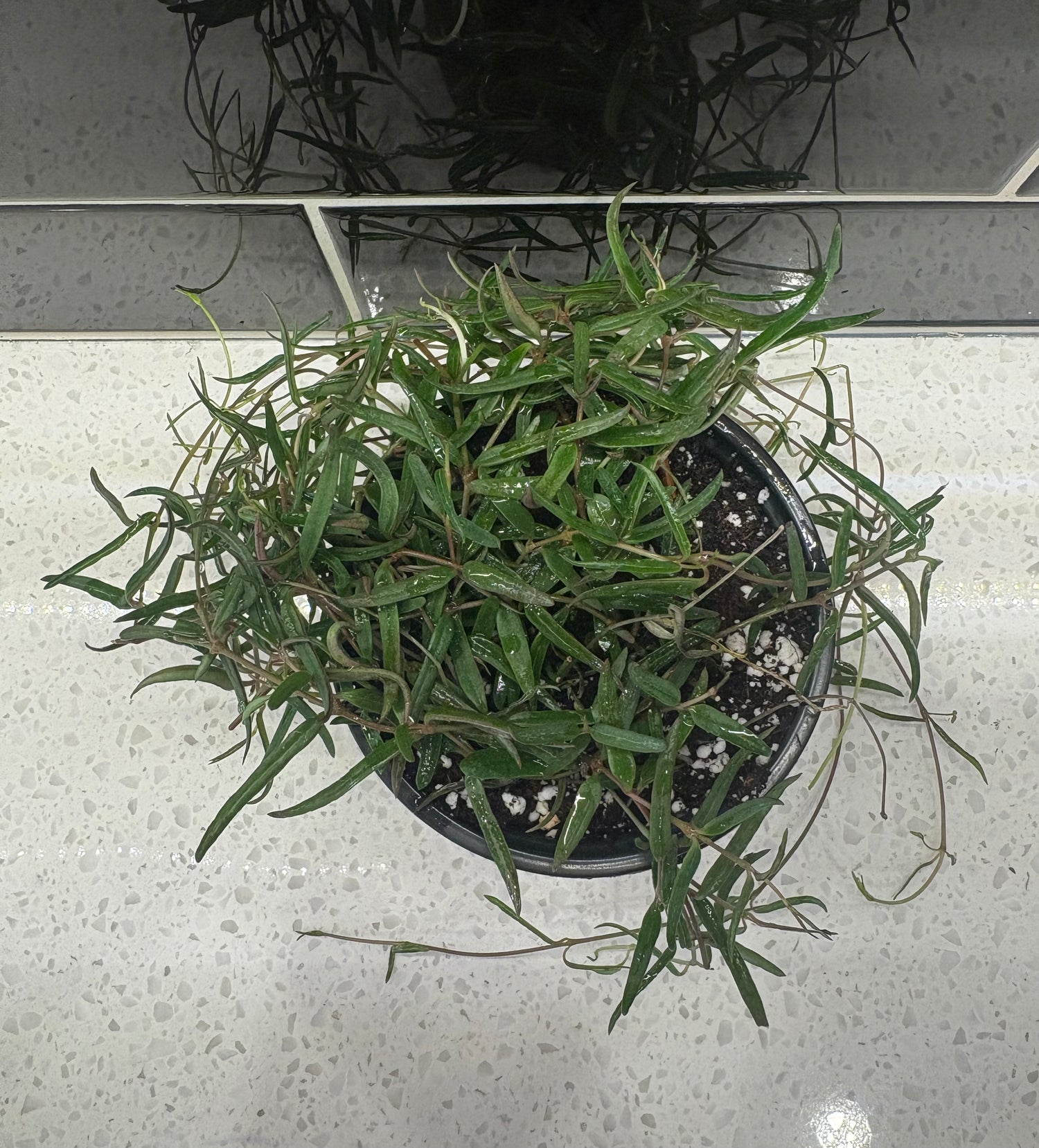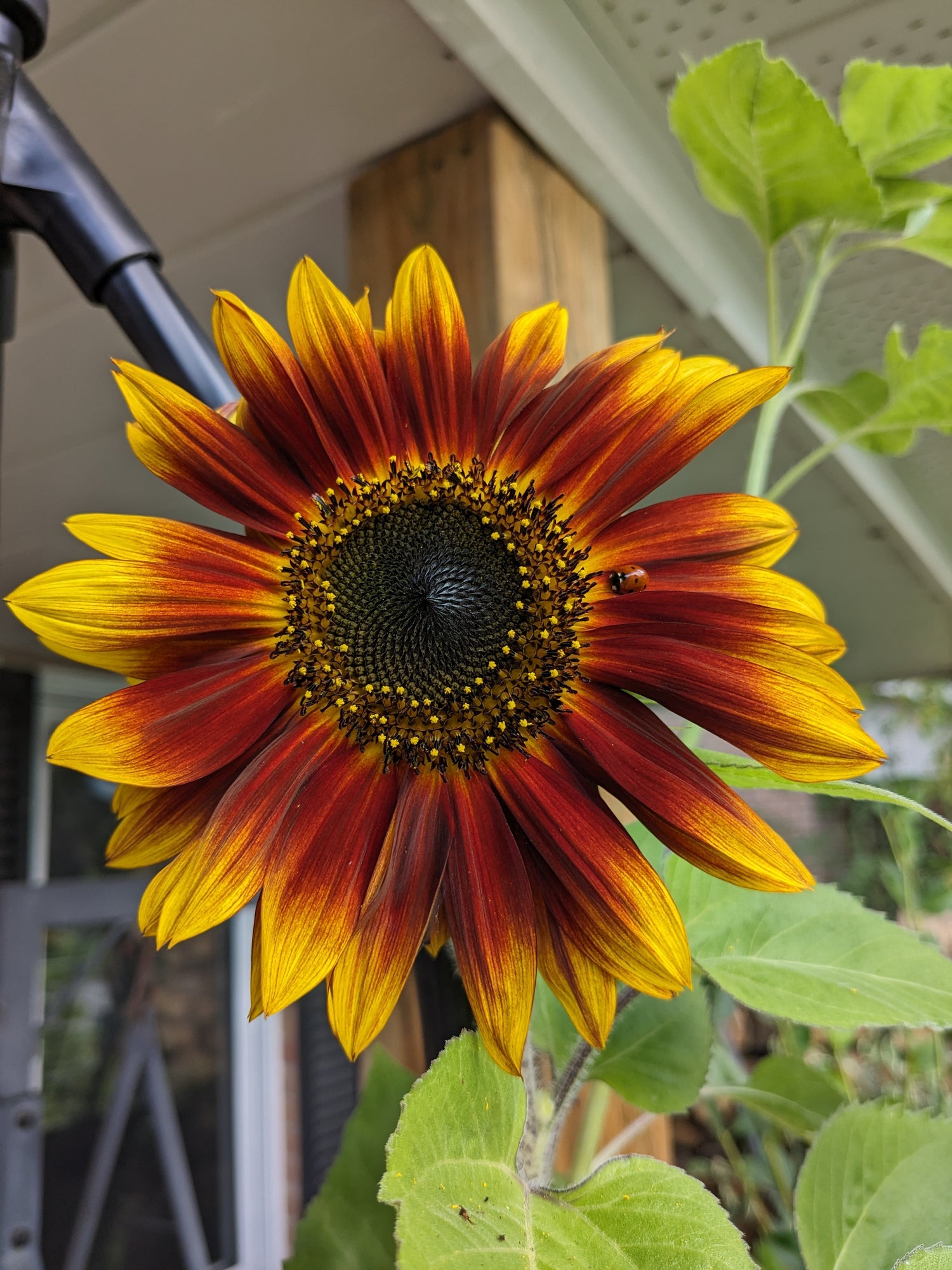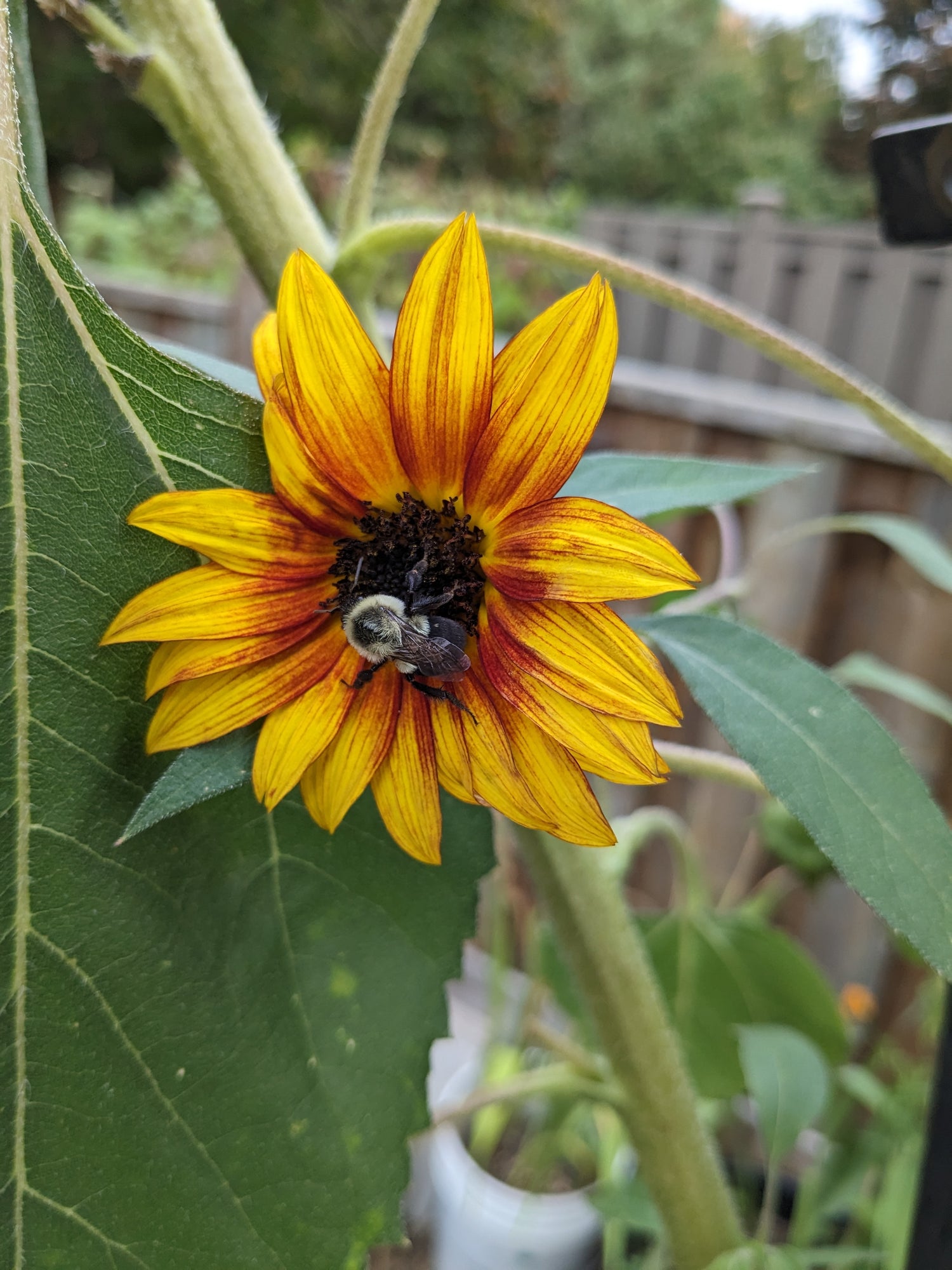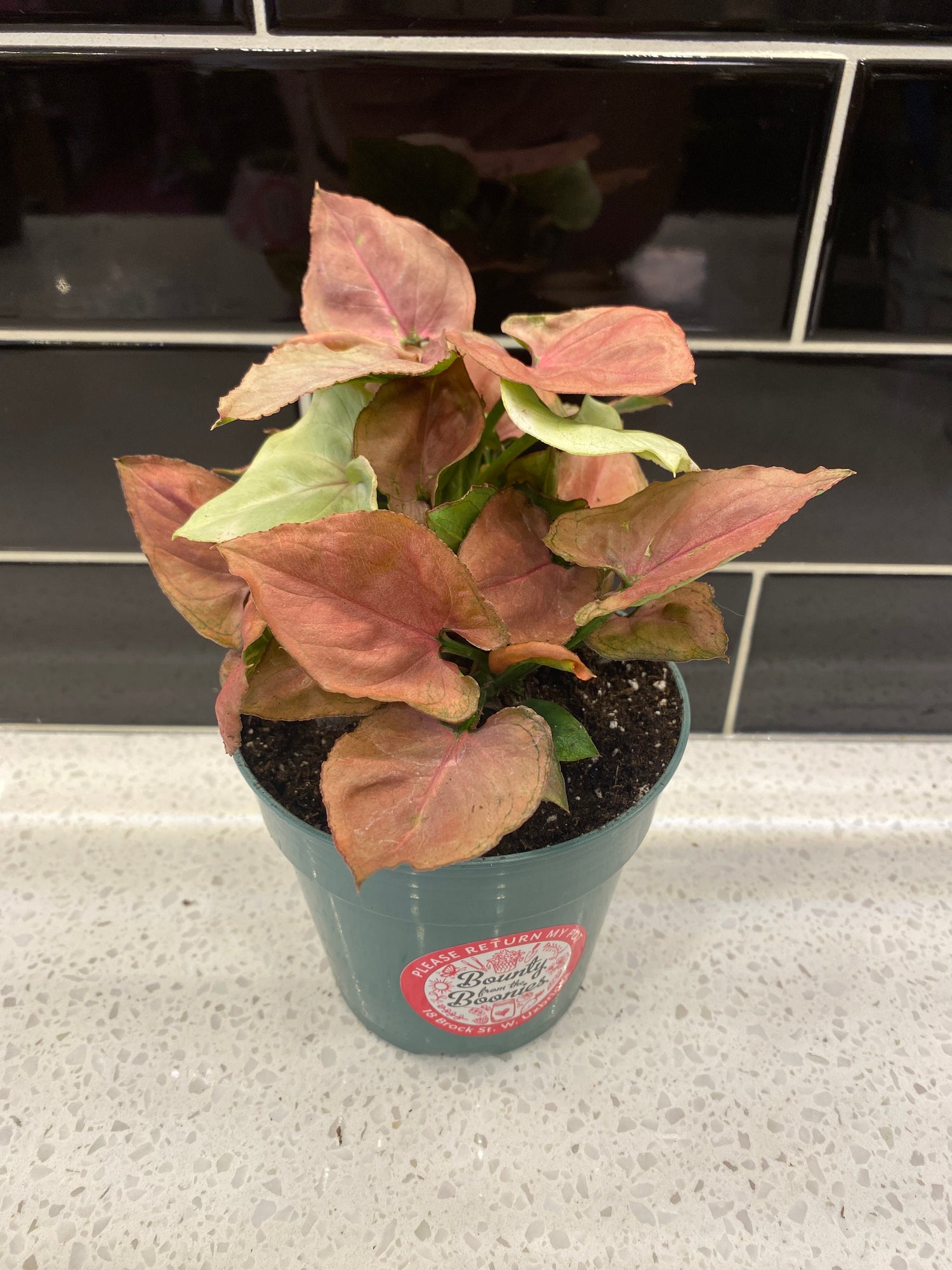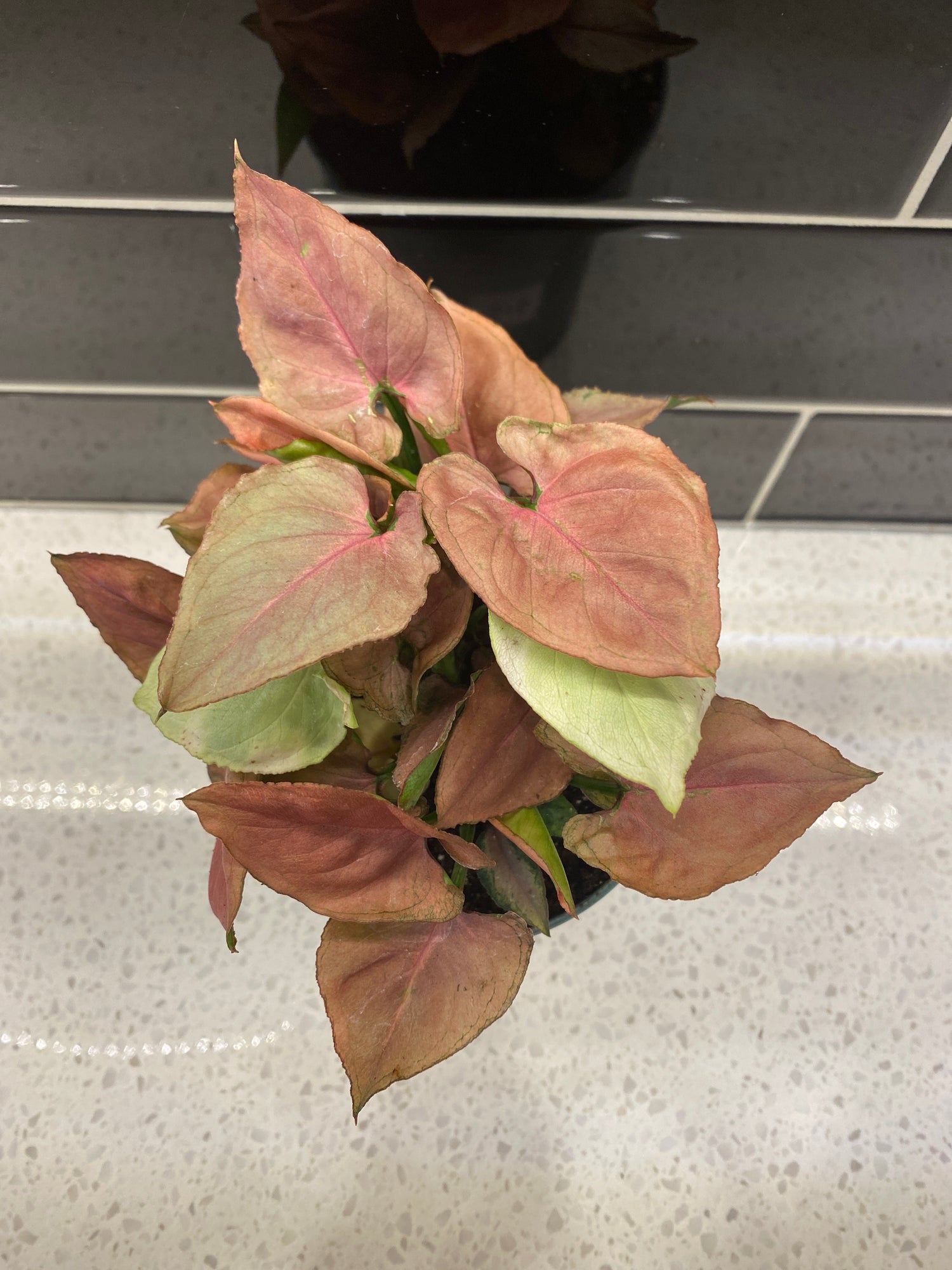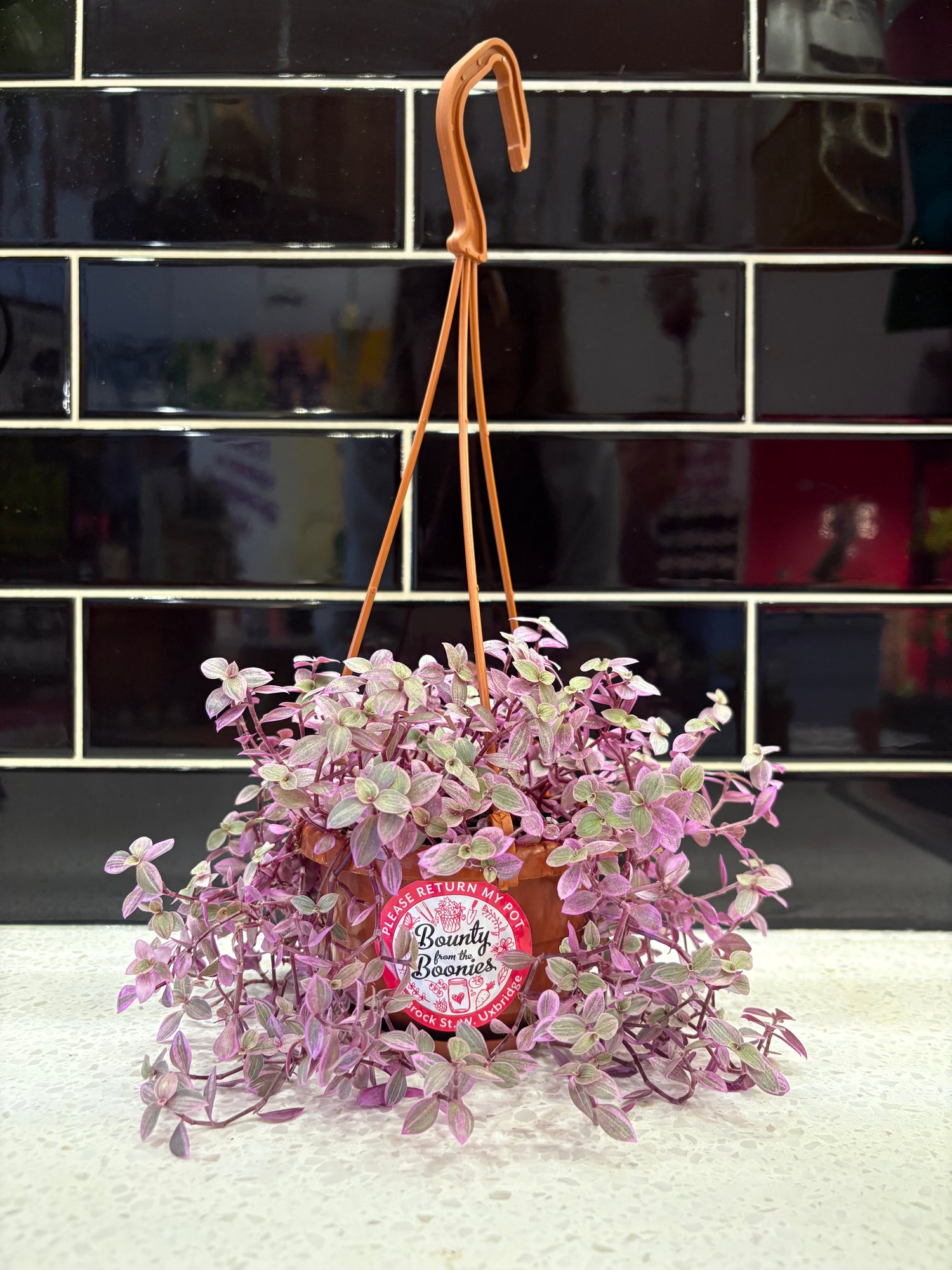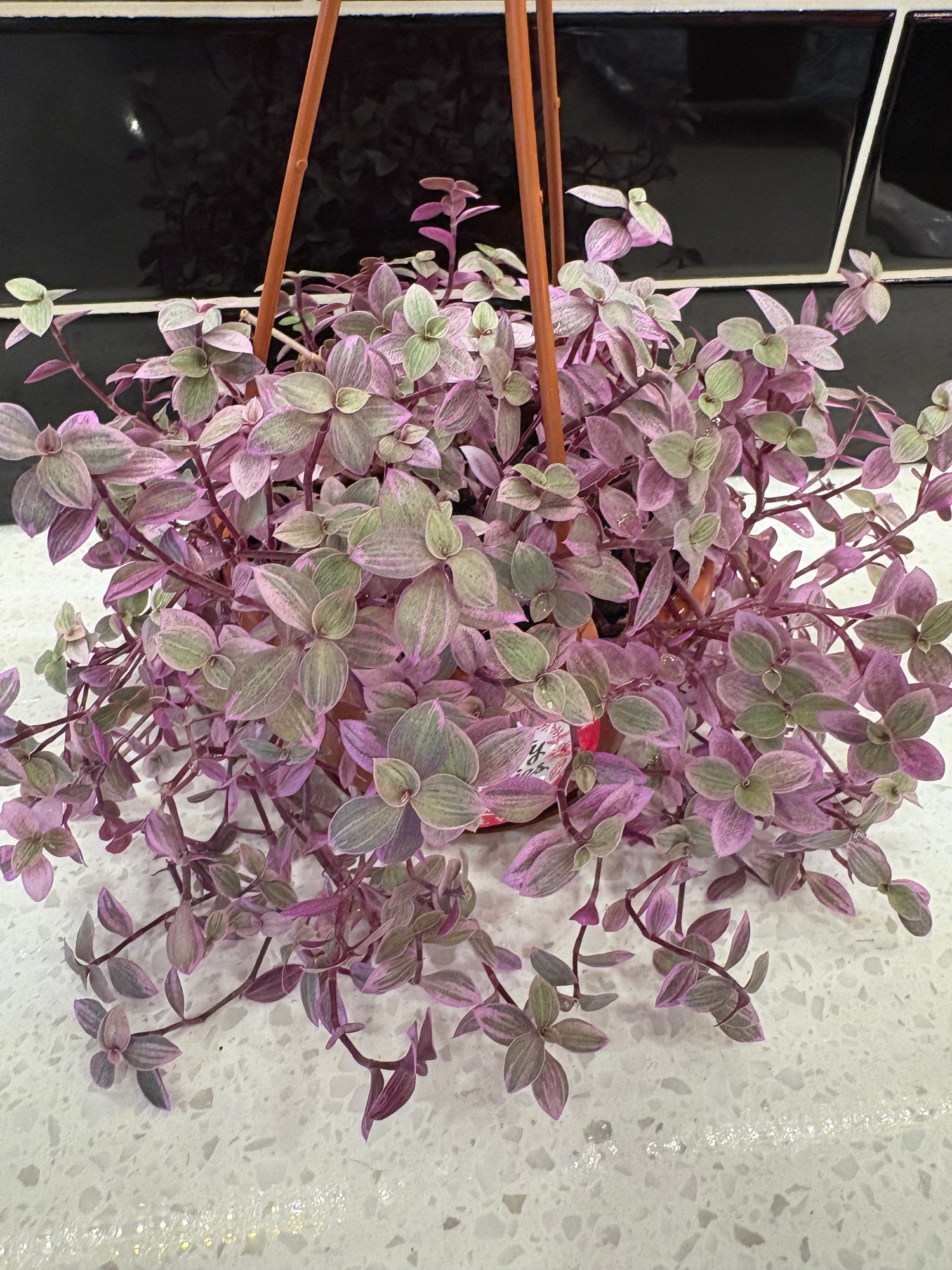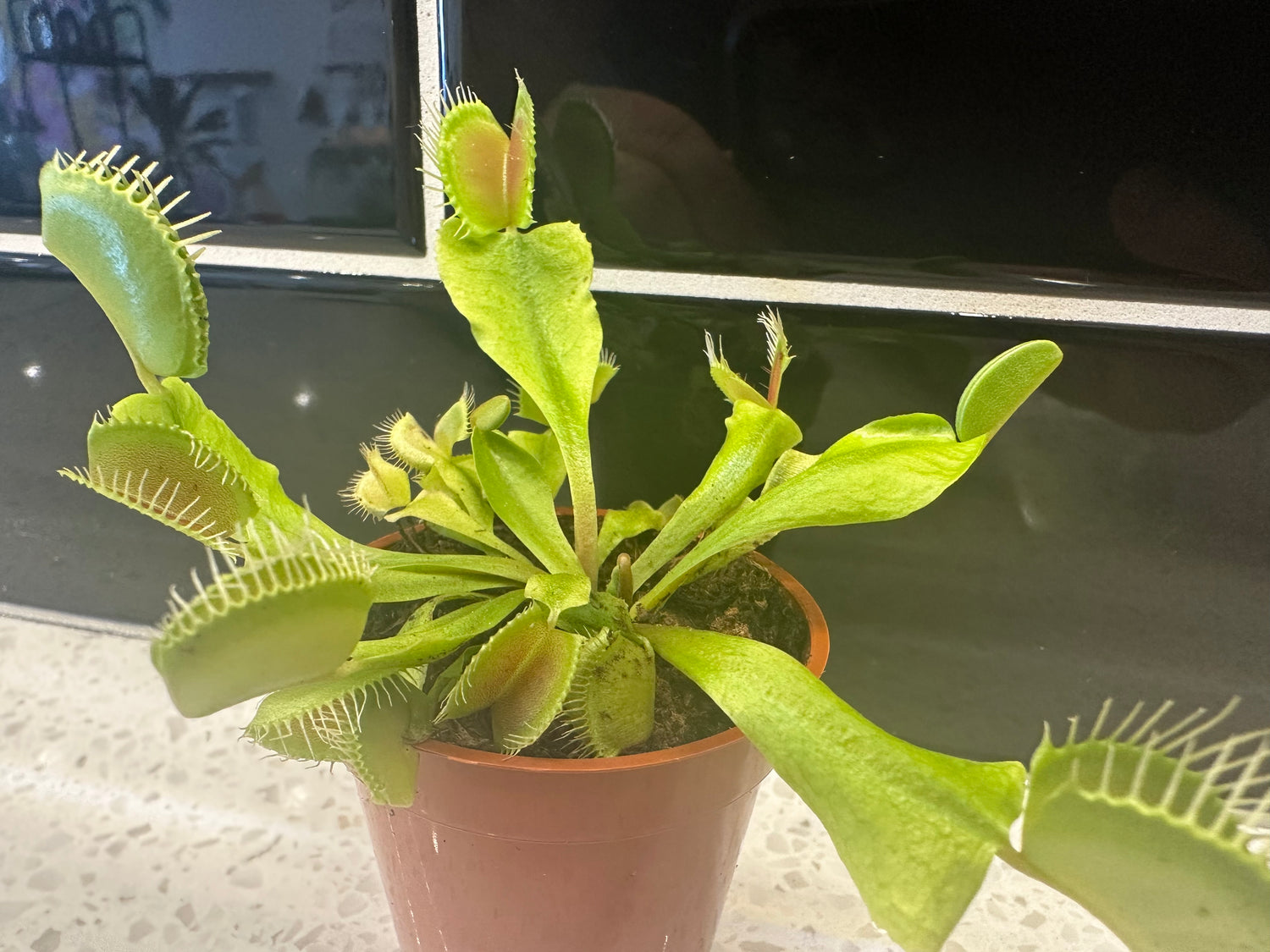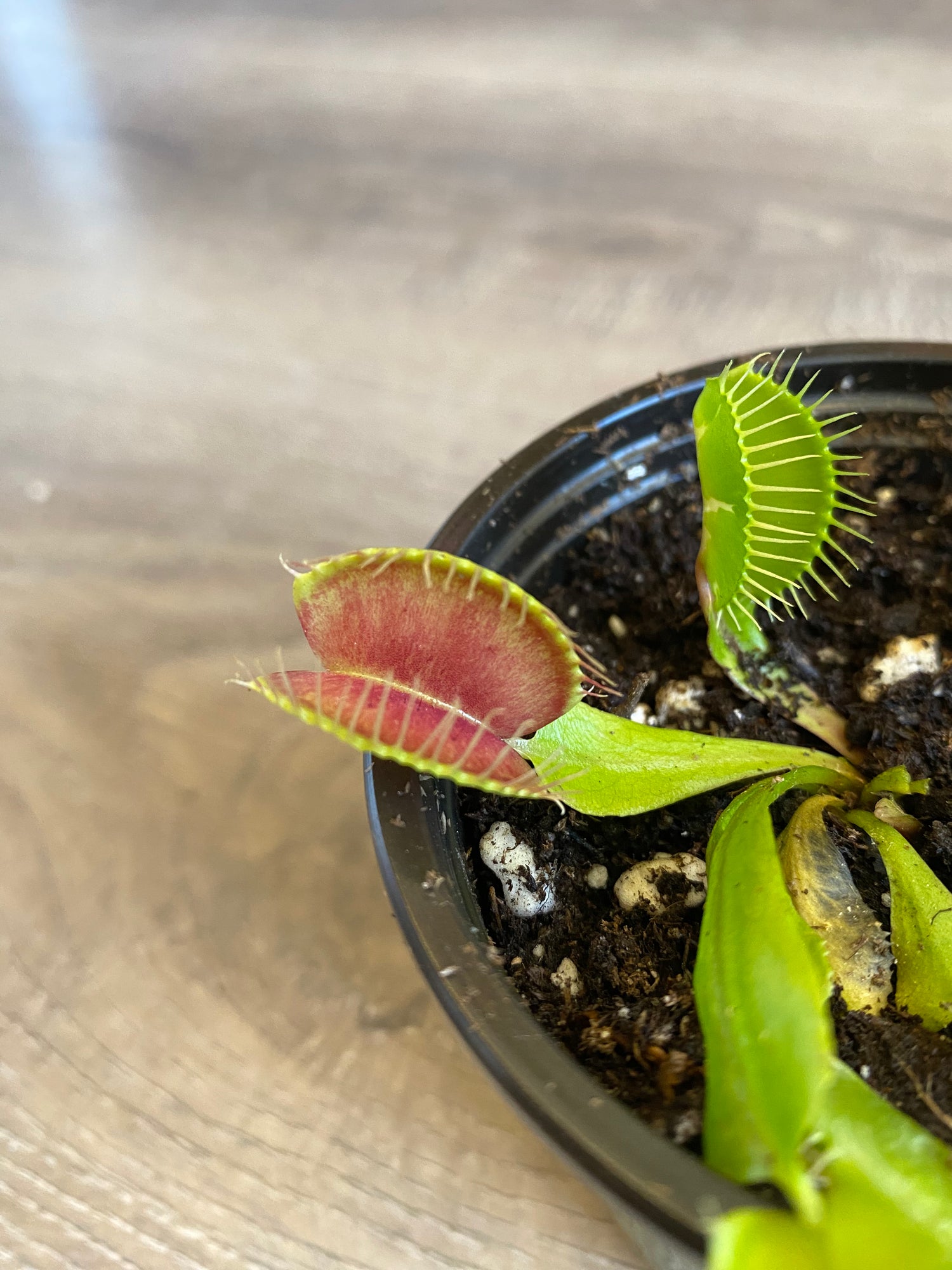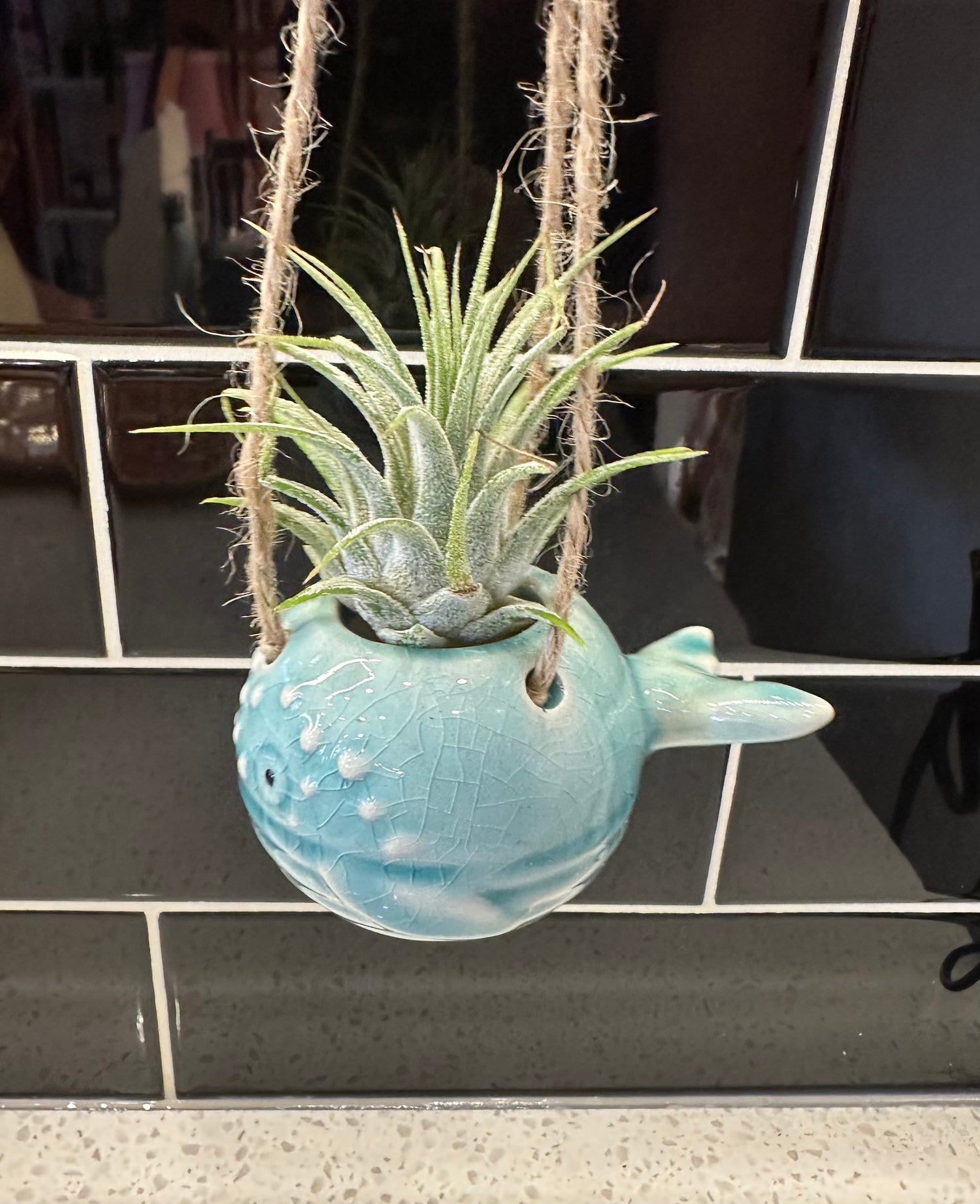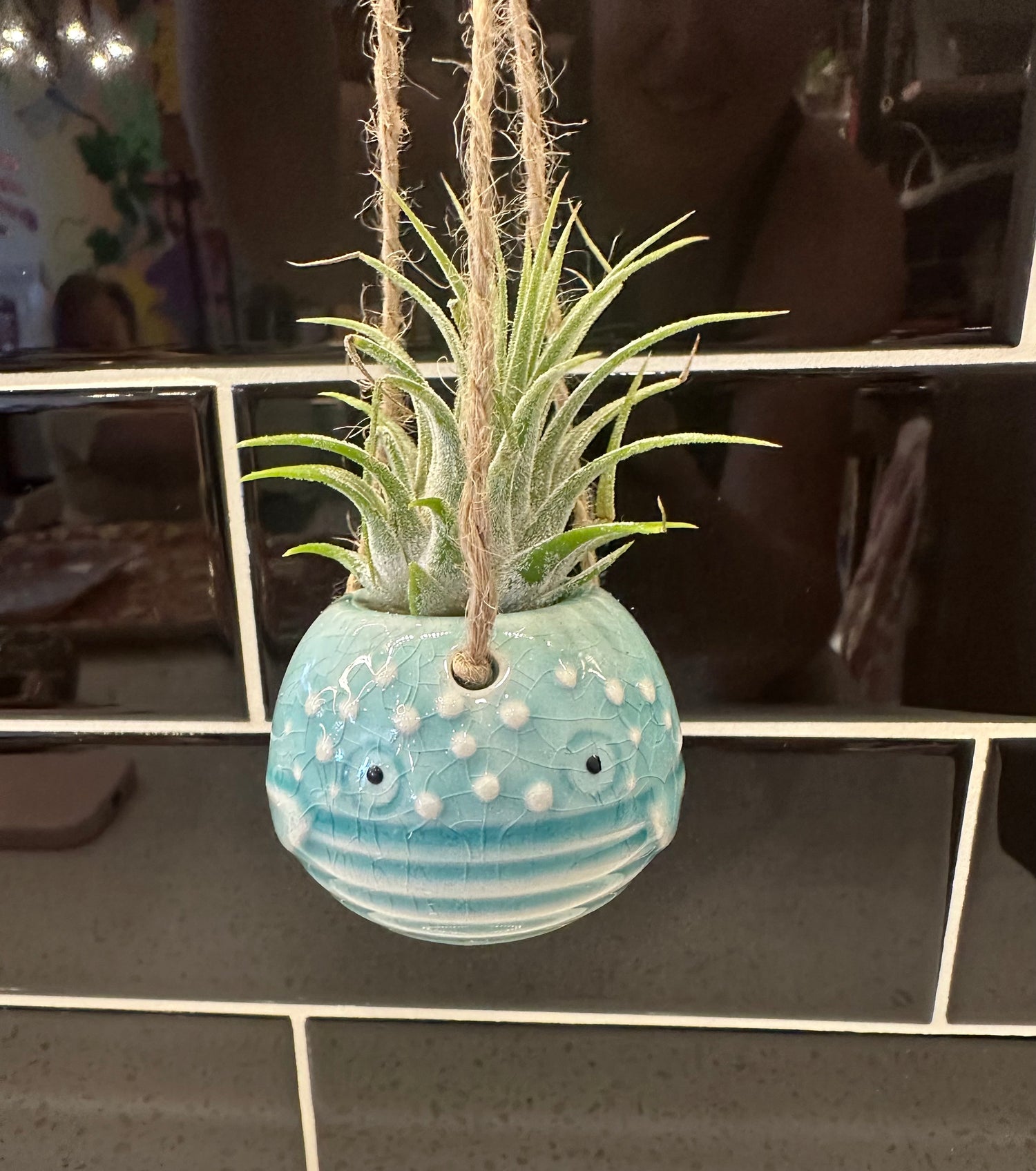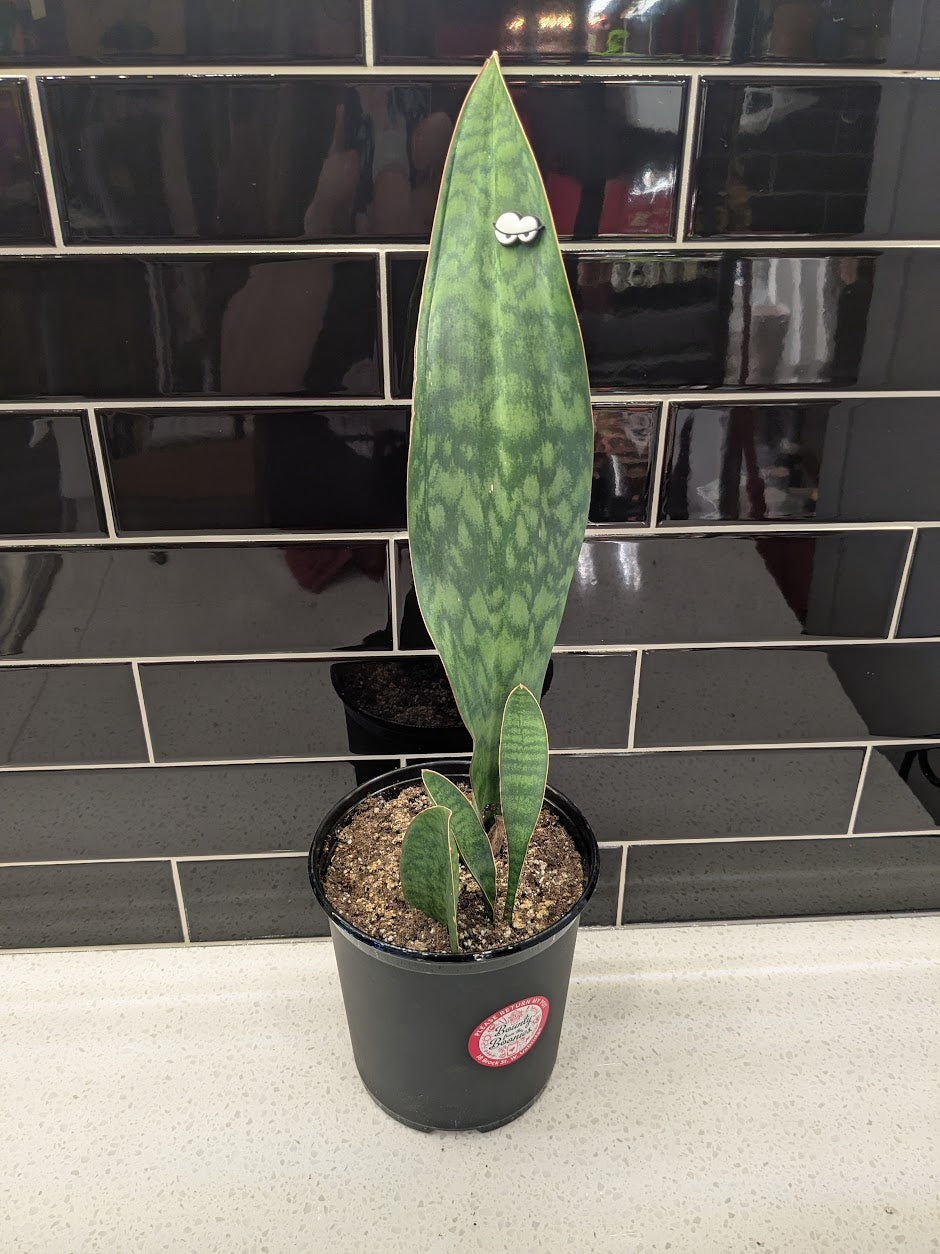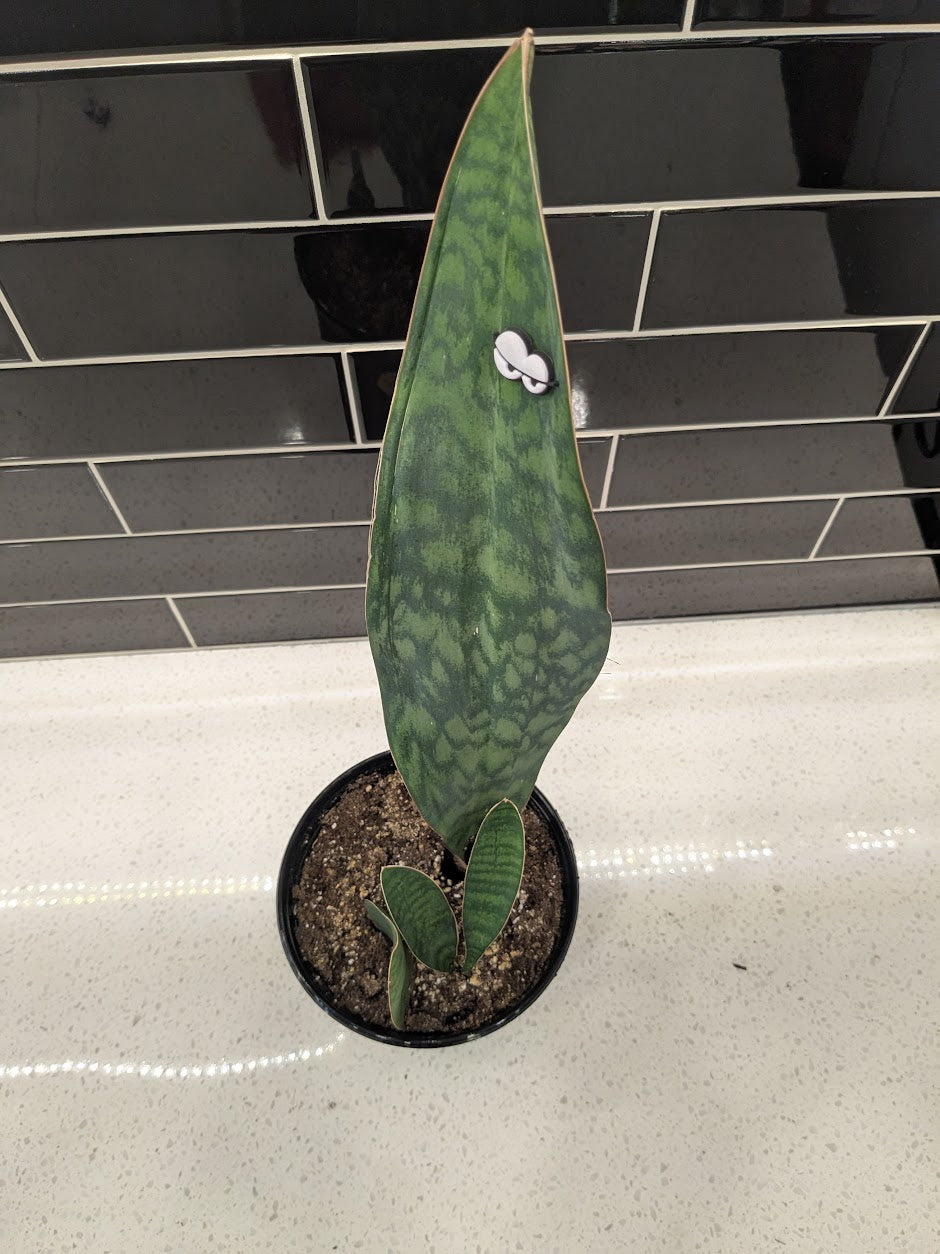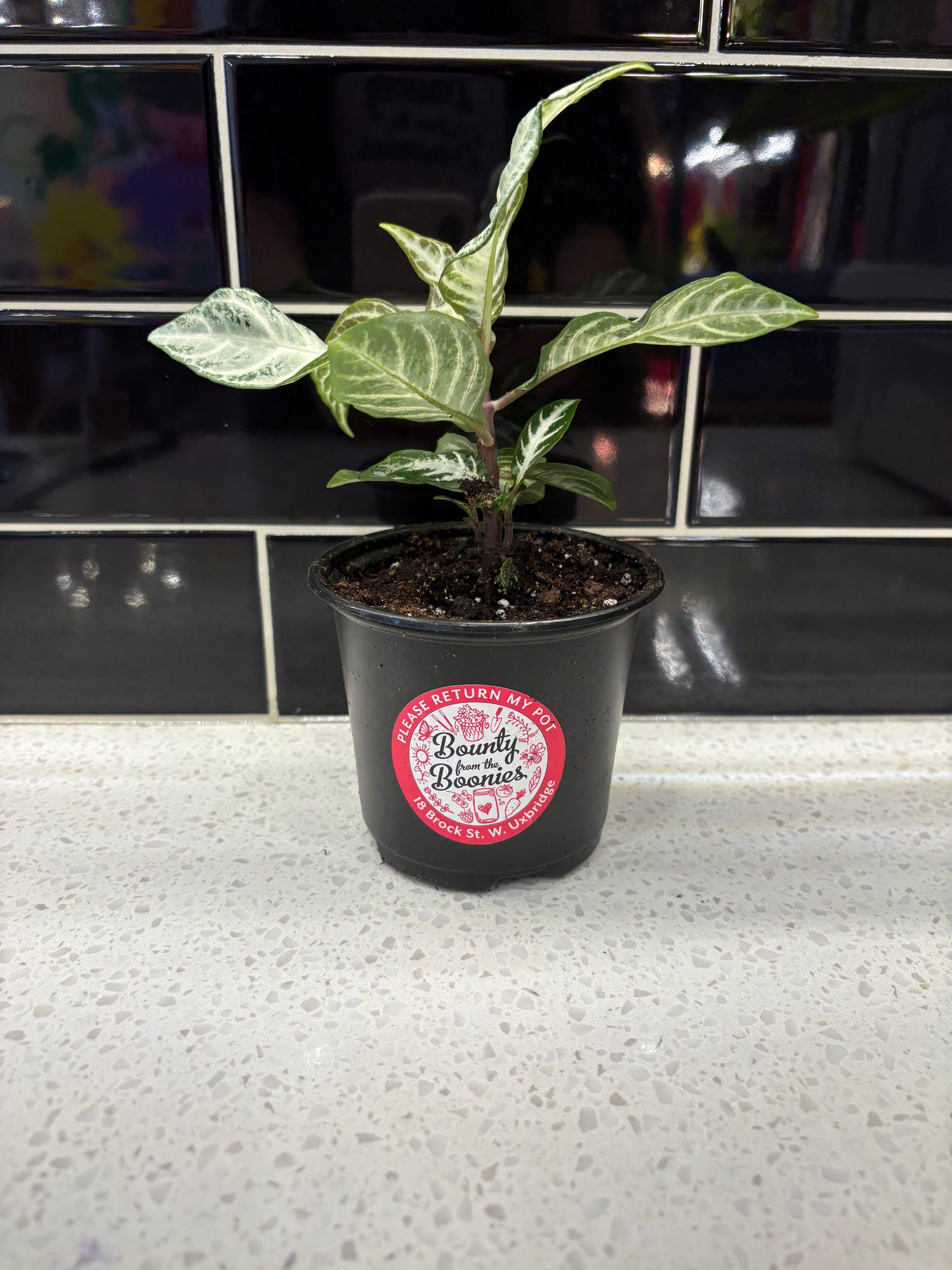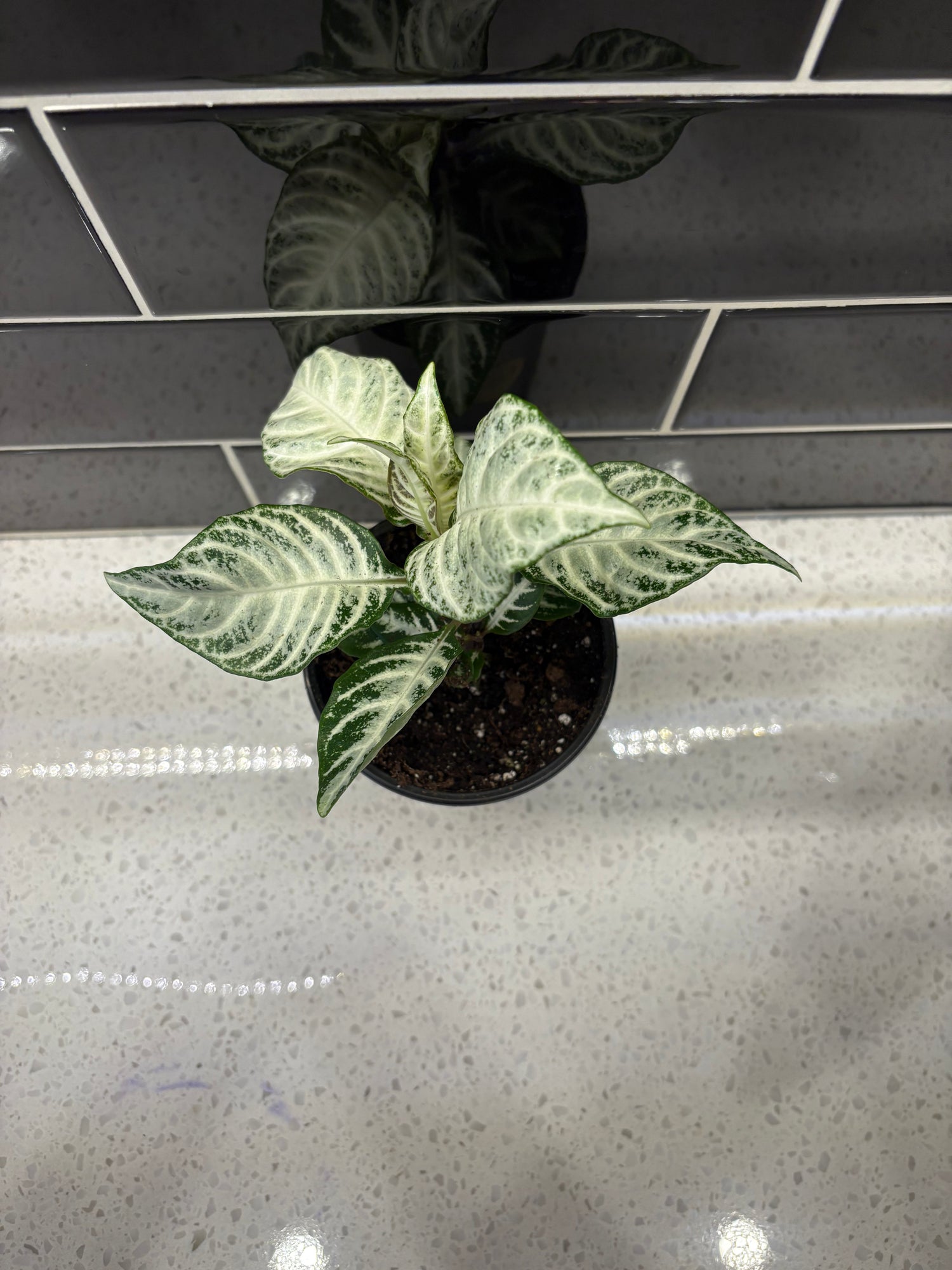Sort by:
71 products
71 products
The Koi Fin Snake Plant is a striking popular variety of Snake Plant. It originates from Africa, specifically the Congo. With it's fin like leaves and green and yellow variegation resembling the patterns of a Koi Fish. Being a low maintenance plant, this is a popular choice for plant lovers who don't like to fuss.
Scientific Name: Sansevieria
Light: Bright indirect light to low light
Watering: Water sparingly and when the soil is completely dry.
Growth: 2-3 feet indoors
Pet Safe: No
Care: Easy
The starfish Cactus is a South African succulent with star shaped flowers that smells like a dead animal to attract flies for pollination. Don't be turned off by the smell, the flower only lasts a day or two then falls off after shrivelling. Though it's called a Cactus, it's not a true cactus.
Scientific Name: Stapelia Gigantea
Common Name: Starfish Cactus
Growth: Can grow 3-6 feet long
Light: Bright, Indirect sun
Watering: Let the soil dry out completely before watering
Pet Safe: Yes
Care: Easy
This beautiful plant has cascading vines and heart shaped leaves. This plant stores water in its leaves and roots making it drought tolerant. In the spring and fall the String of Hearts actually produces flowers!
mall, tubular, pinkish-purple flowers and they have tiny hairs that trap insects helping with pollination!
Scientific Name: Ceropegia Woodii
Common Name: String of Hearts/Rosary Vine/Chain of Hearts
Light: Bright indirect light to full sun
Watering: Let dry out between waterings
Pet Safe: Yes
Care: Easy
String of Needles is a trailing succulent-like plant native to South Africa. With slender, long, mottled green leaves that are reminiscent of needles, it's easy to understand why this plant has been given the name.
Scientific Name: Ceropegia Linearis
Common Name: String of Needles/ Needle Plant
Light: Bright, indirect light
Watering: Water thoroughly when soil is completely dry
Growth: It can reach up to 6 feet
Pet Safe: No
Care: Easy
Sunflowers are a must-grow annual each season - their bright, cheery faces make me smile, and I absolutely love them in fall bouquets. They're always covered in bees of all sizes, even ladybugs. Then the birds, squirrels and chipmunks feast on the seeds.
I adore Ring of Fire, with their chocolate brown centres surrounded by golden yellow petals that turn to red. People ask me about them every year. I find the more sun they get, the deeper the red colour.
Ring of Fire is a basal branching variety, so you get multiple blooms off each plant. When you're tight on space, this is a bonus. Succession plant the seeds for continuous blooms.
Chipmunks and squirrels LOVE sunflower seeds and small shoots, and will relentlessly dig up the seeds and/or chop the tender plants off. My neighbours have heard my sobs and swearing in equal measure over the years. Here are my tried and tested ways to fight them:
- Direct sow seeds in containers or pots, then completely cage them with small-holed wire mesh (forget plastic - they will eat right through it) for as long as possible
- Start seeds indoors 4 weeks before last frost, then transplant to the garden with tall, wire mesh collars around the seedlings and DO NOT remove all season
Note: I learned the hard way that sunflowers are allelopathic, meaning they give off toxins that impede the growth of or even kill other plants. They also deplete soil of nutrients. Because I grow so much food in containers, I now grow my sunflowers in separate pots and place them near their fruit, veg and herb companions
Type: Annual
Height: 4-5 ft.
Light: full sun
Soil: heavy feeders, sunflowers need organically-rich soil that's well draining
Planting: Sow in warm soil after the danger of frost, 1/2" deep, 6" apart
Harvest: 8-12 weeks
Syngonium Pink Perfection is quite rare. It has unique large multilobed foliage that is mostly light green with much pink near its veins. Pink Perfection has heart-shaped leaves, they grow fast and are easy to propagate. Those delicate pink leaves shouldn't fool you - This plant is actually low maintenance. This plant originates from the tropical rainforests of South and Central America.
Scientific Name: Syngonium Podophyllum
Common Name: Pink Perfection
Light: Bright indirect light
Watering: Let dry out between waterings, good drainage
Growth: Can grow up to 4 feet tall
Pet Safe: No
Care: Easy
The Pink Lady Turtle Vine is a trailing succulent known for it's beautifully vibrant, pink and cream variegated leaves. It originates from the tropical regions of the Americas. This plant spreads horizontally making it wonderful for hanging baskets or effective ground cover. It can produce little white flowers in the summer months. It has air purifying qualities and is known to reduce stress and promote relaxation!
Scientific Name: Callisia Repens
Common Name: The Pink Lady Turtle Vine/Pink Panther
Light: Bright indirect light
Watering: When top soil is dry, ensure good drainage
Pet Safe: Generally considered non toxic
Care: Easy
The Venus Fly trap is a unique carnivorous plant. It looks like a creature from an alien movie but don't let this plant scare you, it only munches on insects! With its leaves ending in little claw like hands, this plant closes the instant an insect lands on it.
The Venus Fly Trap originates from coastal bogs of North and South Carolina. They have adapted to low nutrient environments by using the insects they eat to give them the nutrients they need. As long as you keep up with the watering, let them take care of catching the flies!
Scientific Name: Dionaea muscipula
Common Name: Venus Fly Trap
Light Requirements: Bright indirect light, direct sun
Water: They are from Bogs so they like to have wet soil. Make sure the air flow is good. Be sure to take them out of their packaging as soon as you get it home.
Pet Safe: Yes
Care: Intermediate
The lowest of care plants! A variety of shapes and sizes add dramatic flair to any living space.
Light: Bright, indirect light.
Watering: Soak in water once a week and let completely dry.
Care: Easy
Pet Safe: Yes
If purchasing online, the air plant may vary. You will receive the size purchased but exact look can vary.
This rare, hard to find snake plant variety is native to the African Congo and has lovely rounded leaves with variegated leaves and white edges. This plant is an excellent air purifier. It removes toxins such as formaldehyde, benzene, and trichloroethylene from the air. This variety is a little more unique than the regular Snake Plant. With it's slow growth and unique paddle like leaves, the Whale Fin Snake Plant is a much sought after plant.
Scientific Name: Sansevieria Masoniana
Common Name: Whale Fin Snake Plant
Light: Low light but will thrive in bright indirect light. No direct sun.
Growth: Can grow to 4 feet tall and 2 feet wide
Water: Allow to completely dry out before watering deeply. Overwatering will kill this plant.
Pet Safe: No
Care: Easy
It's easy to see where this beautiful plant gets its name - the stripes that grace its striking leaves look like a zebra, with an emerald green background and creamy white striations.
Scientific Name: Aphelandra squarrosa 'Snowflake'
Common Name: Zebra Plant
Light: Bright, indirect - medium light
Growth: Can reach 12" in a compact, clumping form
Watering: Do not let the soil dry out, but do not let the roots sit in soggy soil, either! Likes humidity, so mist regularly
Pet Safe: Yes
Care: Intermediate

